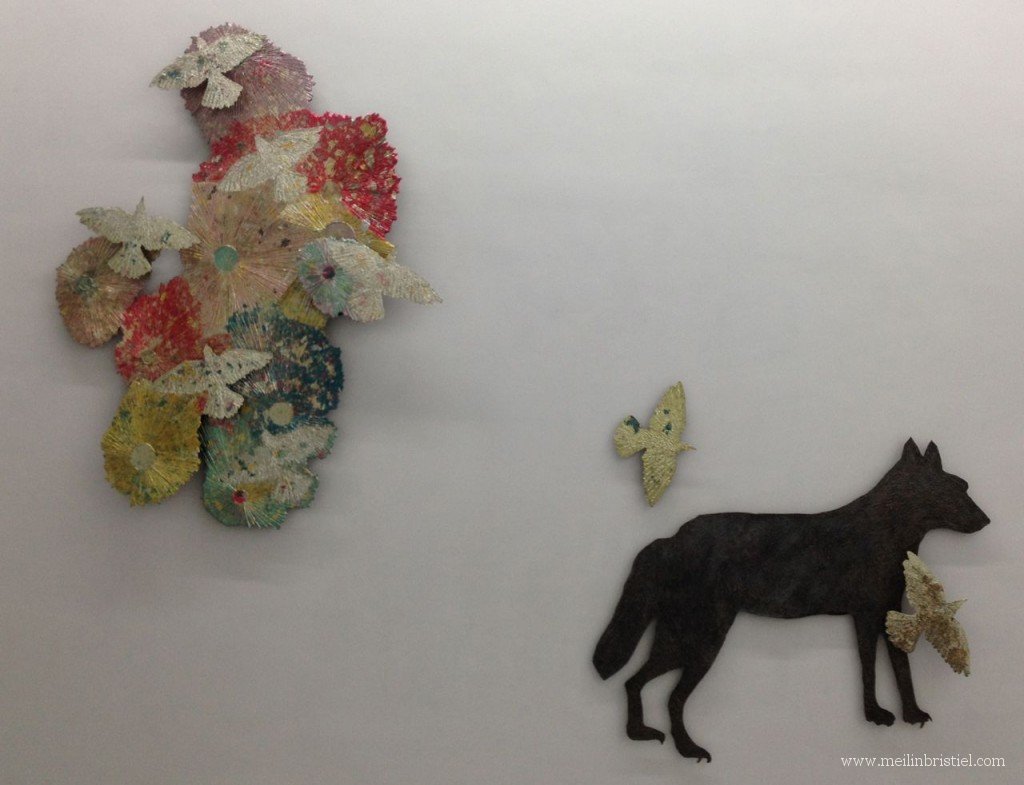A powerful exhibition, les Papesses shows works of 5 major artists, »Les Papesses »: Camille Claudel, Louise Bourgeois, Jana Sterback, Kiki Smith, Berlinde de Bruyckere. Camille Claudel being a favourite of mine, stumbling on this exhibition while showing the Palais des Papes to family was a treat….The art pieces talk about women’s youth, life, motherhood and old age, and their relation with work, family, and death… It is also a way for those artists to pay homage to the tortured destiny of Camille Claudel very close to the location where she spent the last 29 years of her life.
A great genius totally erased from art history for decades, she was rediscovered in the early 80’s, first with Anne Delbee’s book « Une femme, Camille Claudel », and then with Bruno Nuyttens eponymous film, staring Isabelle Adjani and Gerard Depardieux. For those who haven’t seeing it: young Camille Claudel, already an accomplished sculptor, comes into Rodin’s atelier (at the time a well recognised artist) as a student to a follow the master’s teaching. They quickly fall in love and she starts working under his protective wing. The idyl finally breaks down as Camille can’t cope with Rodin’s personal indecision concerning his relations with his former lover, but also as she can’t resign to exist only as Rodin’s pupil and claims the right to her individuality. This separation is also Camille’s own breakdown as she progressively drifts into a persecution complex focused on Rodin, she ends up isolating herself from the outside world, overworked to exhaustion, underfed, miserable, not capable of taking the opportunities created by her growing fame, she becomes her worst enemy.This period, although a tortured one, produced many of her most celebrated celebrated sculptures. Her loving and protective father dies in 1913. A few days later she is interned in a psychiatric hospital near Paris on the order of her mother. In 1914, after the break of WWI she will be moved to Montdevergues psychiatric hospital near Avignon, where she will spend the rest of her life.
A phantasmagoric procession of women’s night wear, some with arms attached recording Camille Claudel’s imprisonment in a psychiatric hospital, opens the show floating over the majestic « Escalier d’Honneur » of the Palais’ entrance.
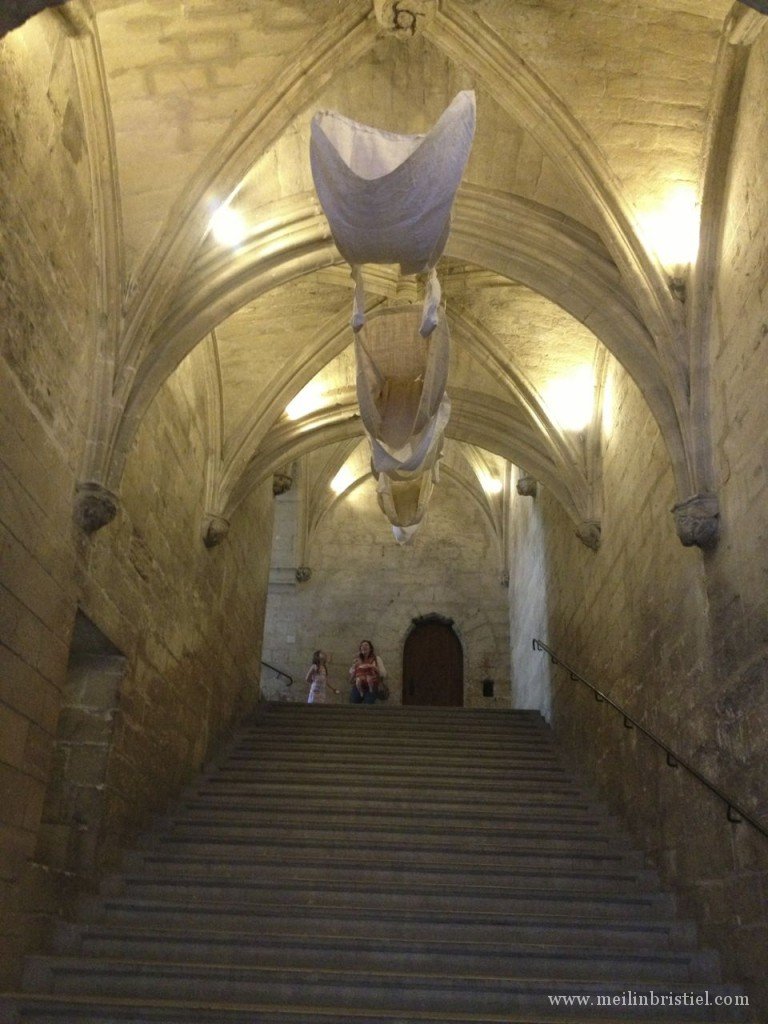
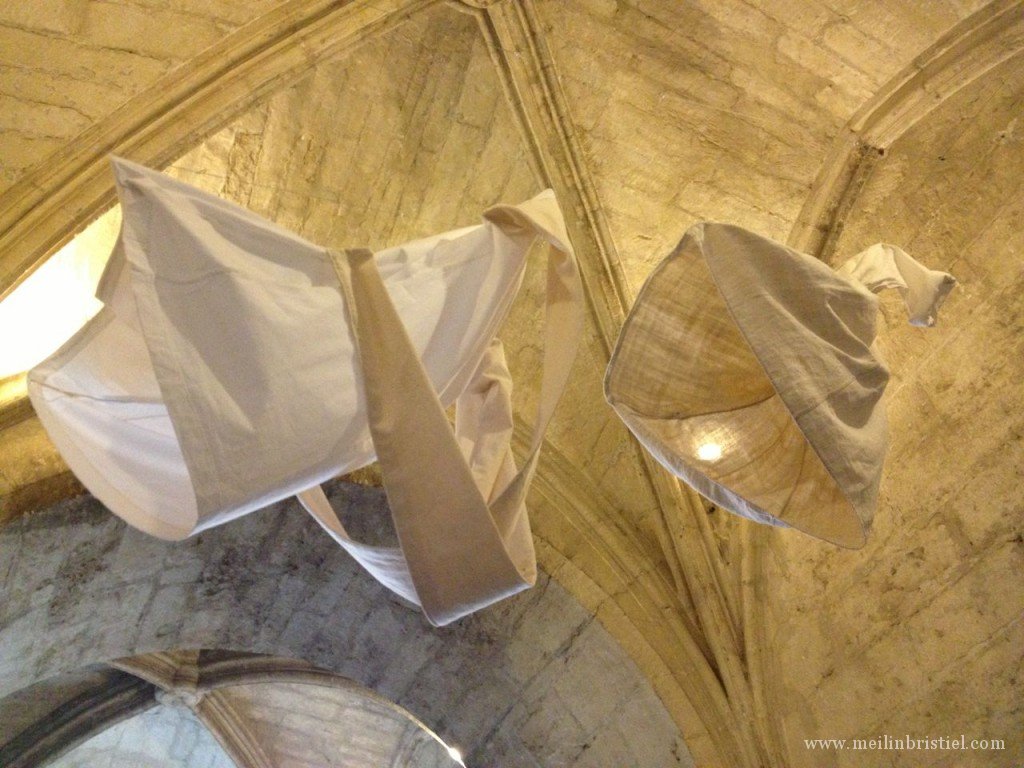
Kiki Smith: Femme au bucher
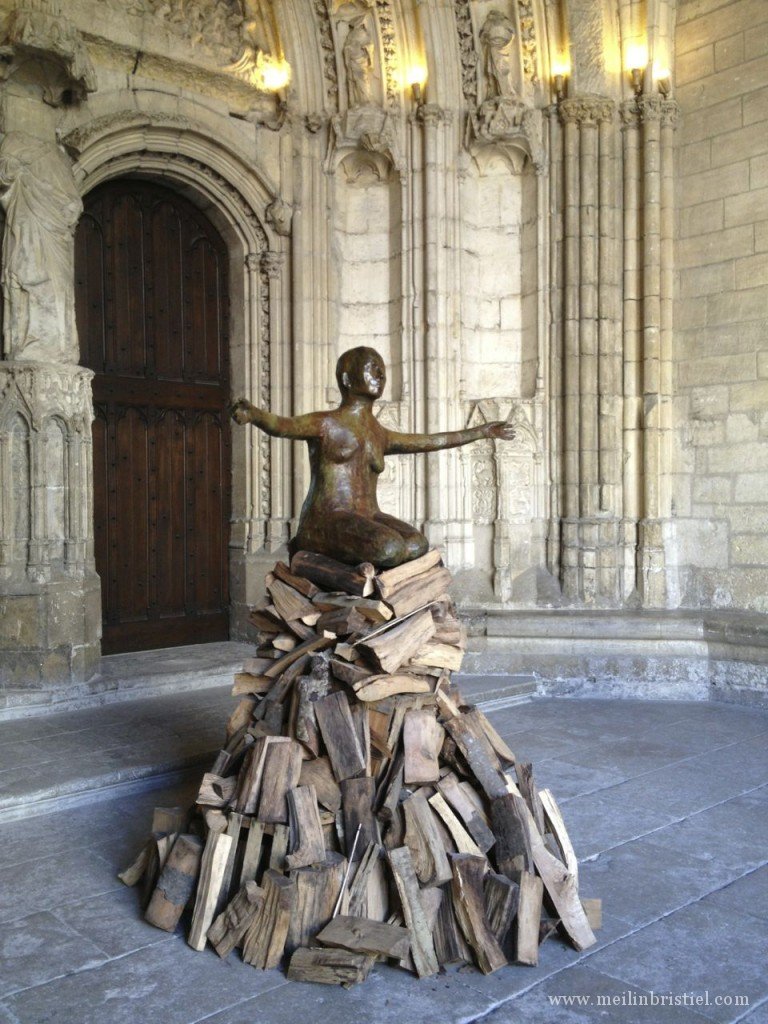
Fascinating video of Louise Bourgeois on her art and her life
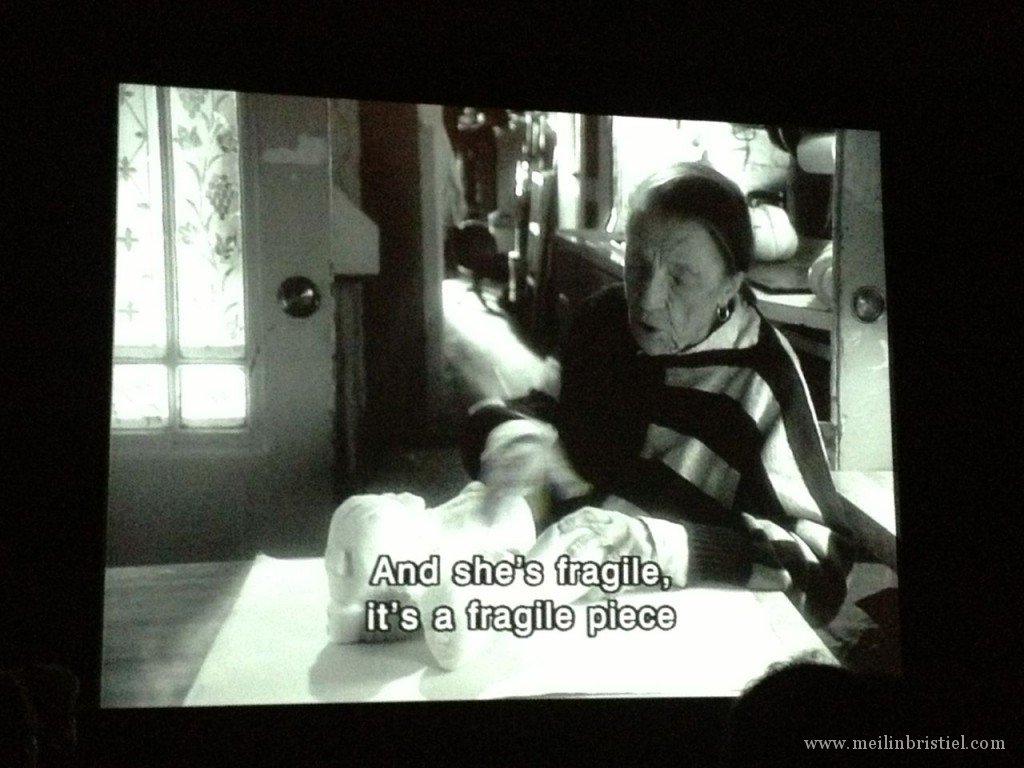
Kiki Smith: Venus constellées de lunes et d’étoiles scintillantes:
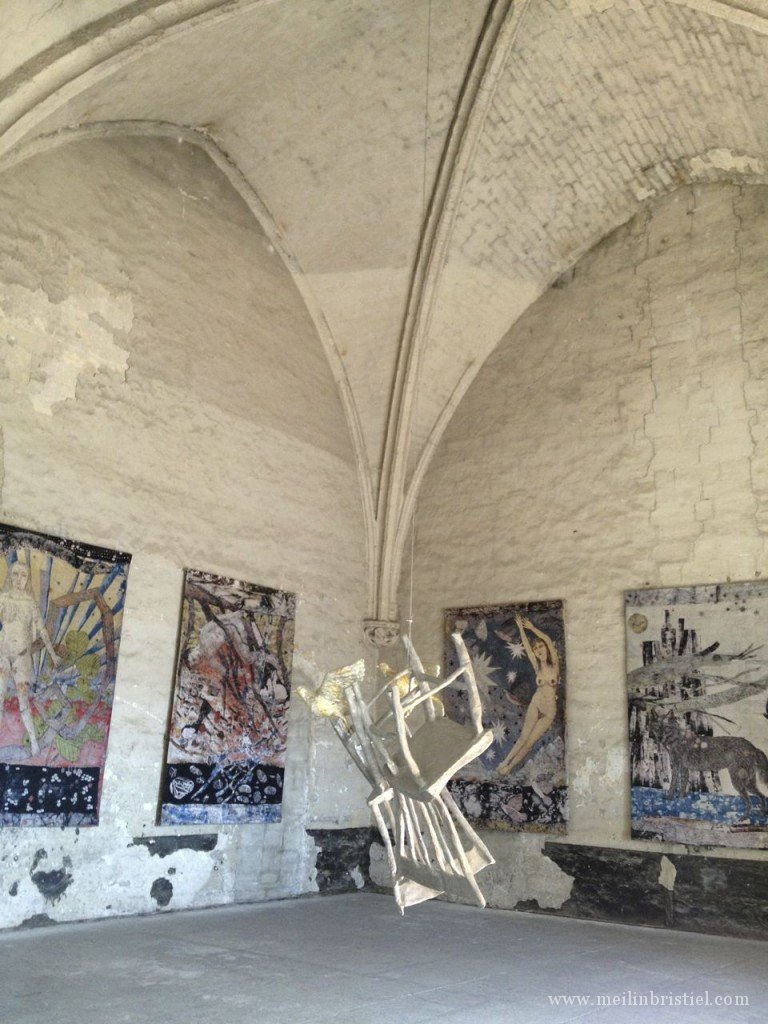
Jana Sterback: La princesse au petit pois:
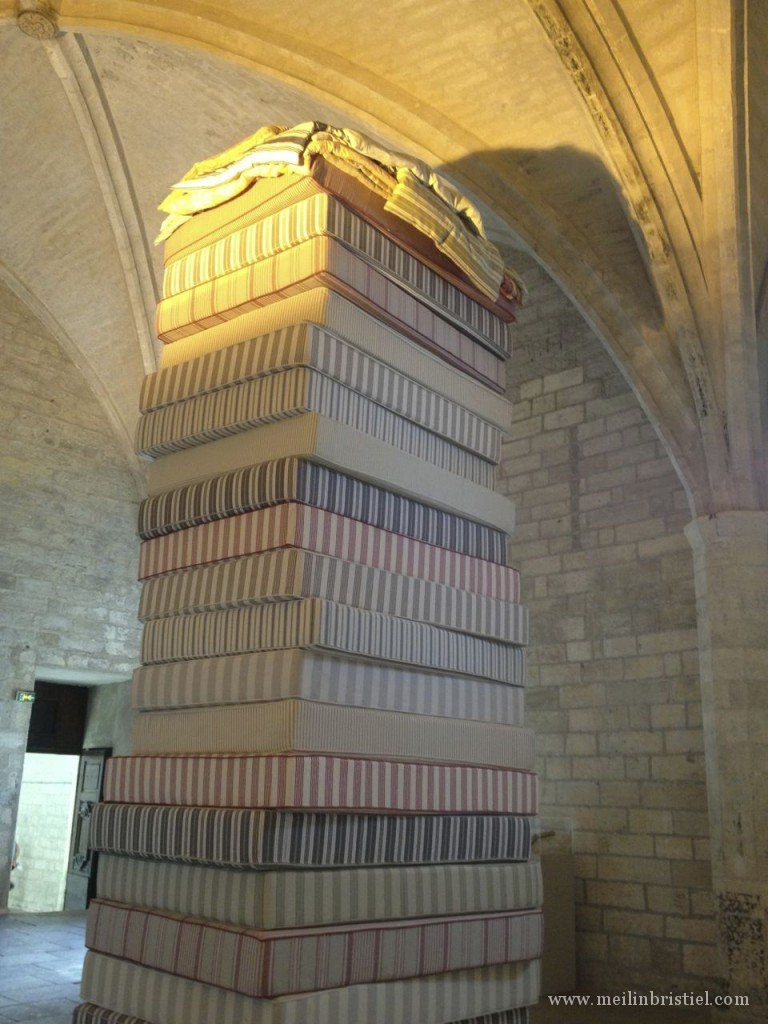
Jana Sterback: Pomodoro
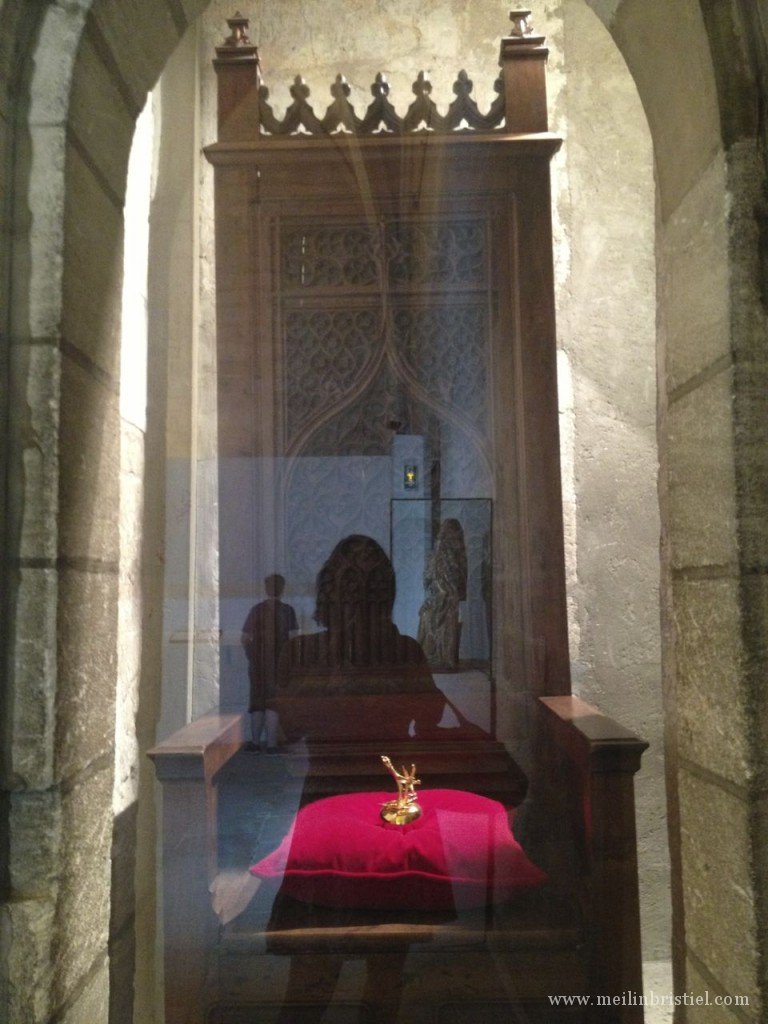
Camille Claudel, La petite chatelaine
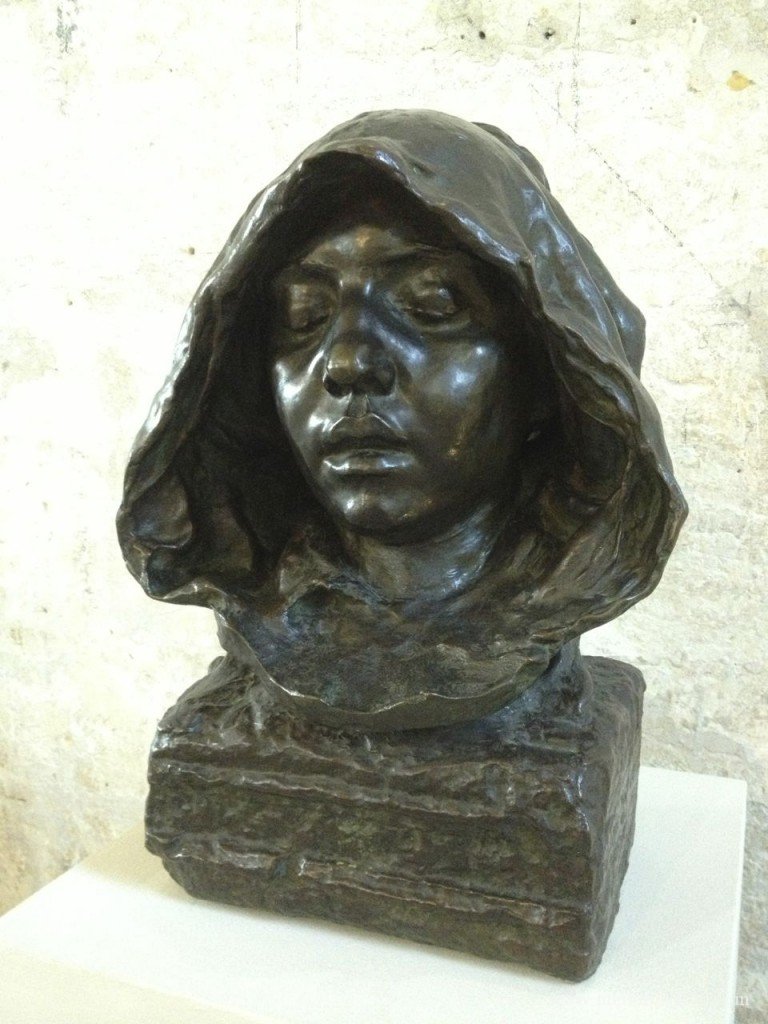
L’araignee de Louise Bourgeois:
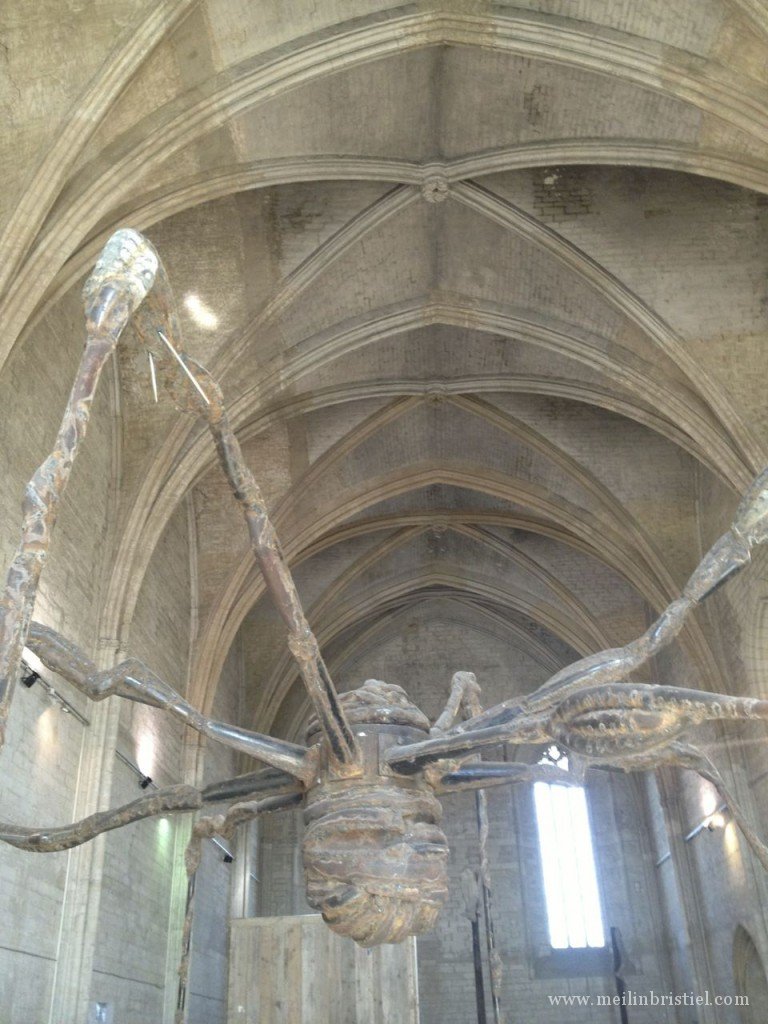
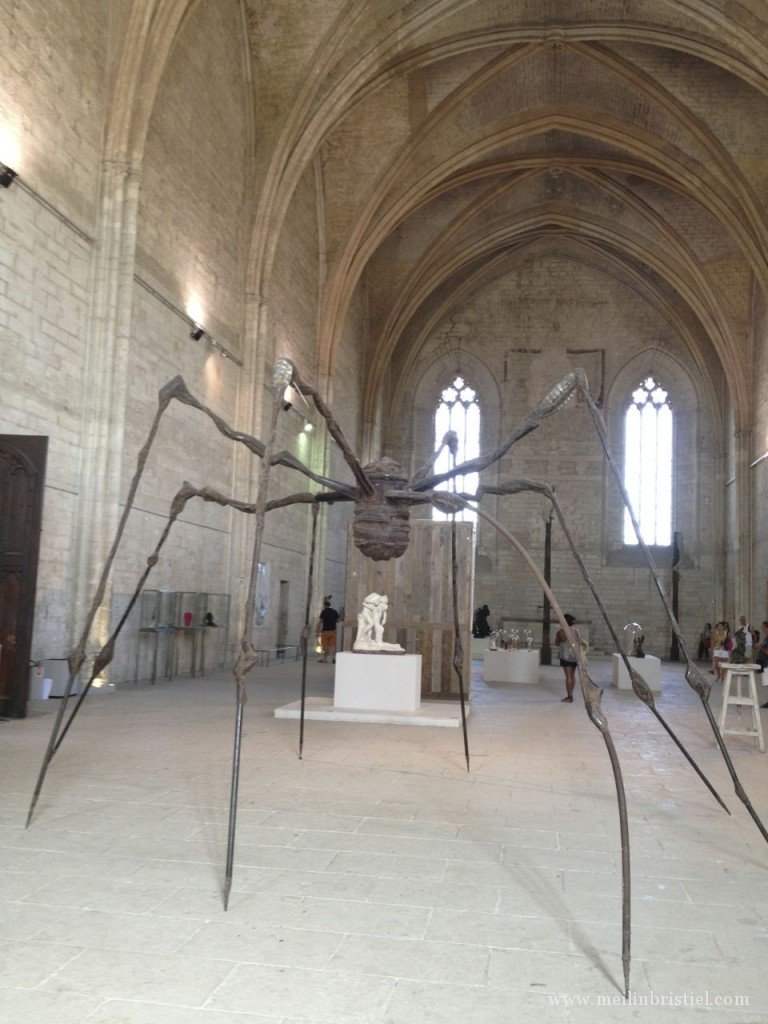
Camille Claudel: Vertumne et Pomone
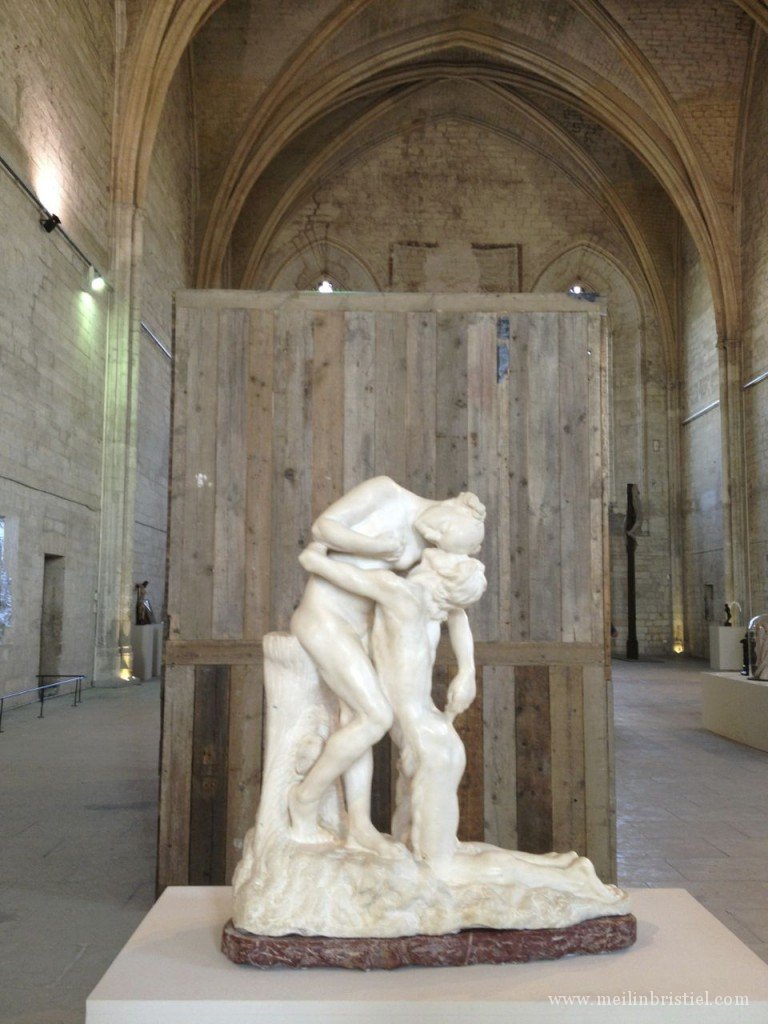
Camille Claudel: La valse
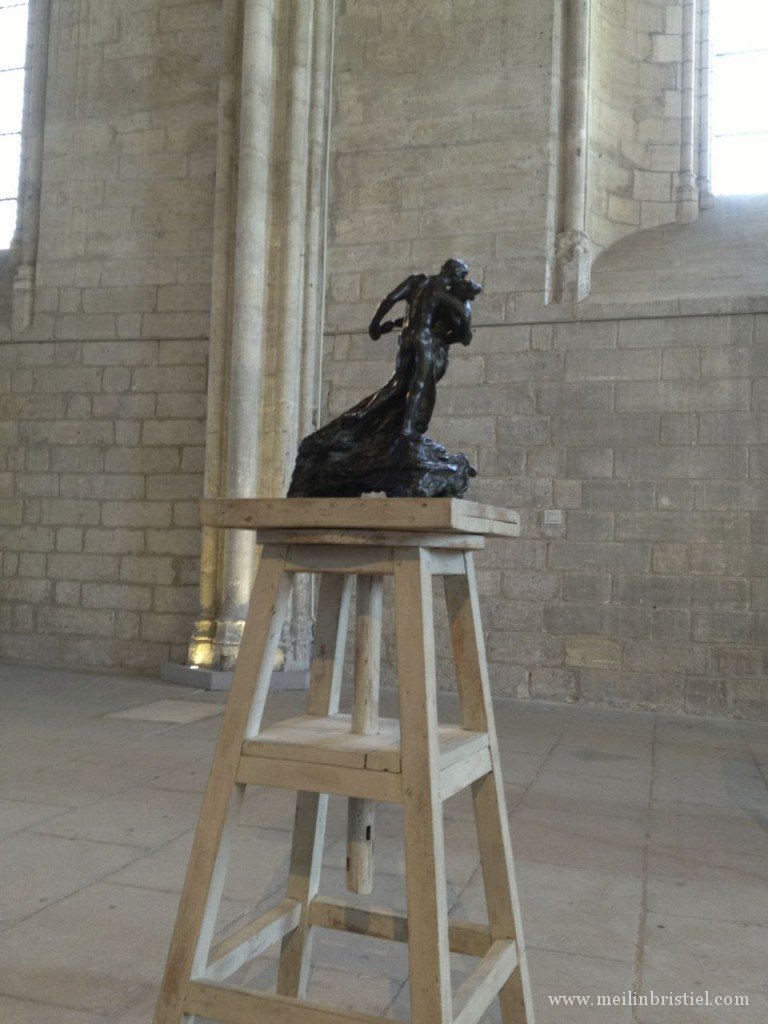
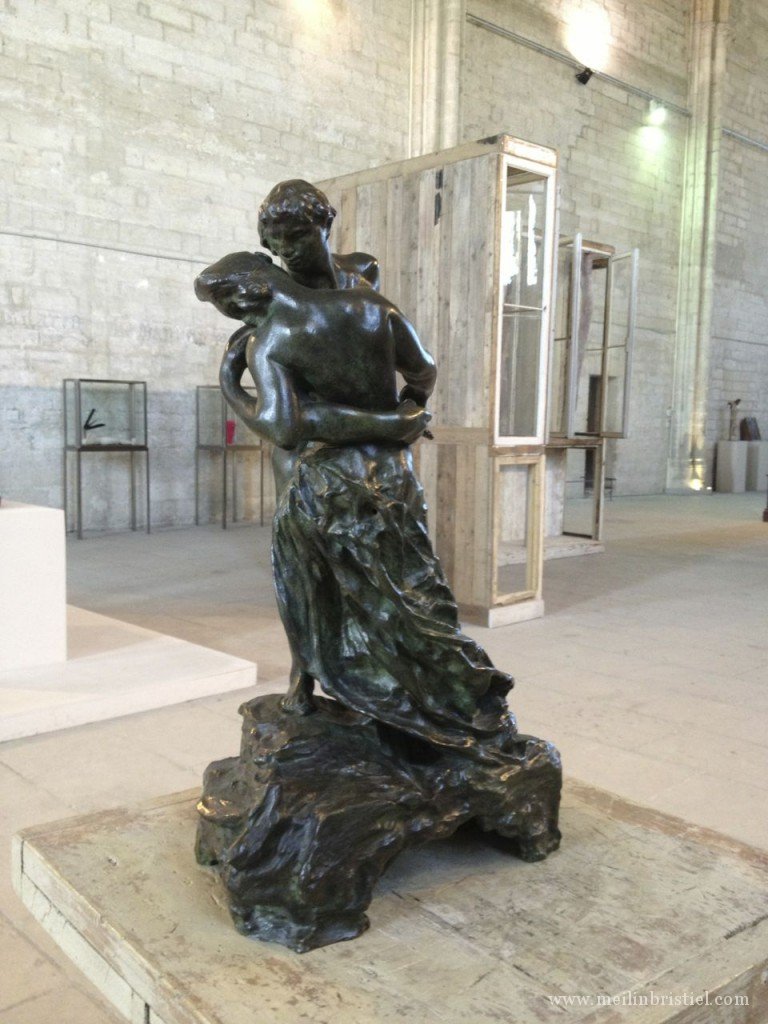
Camille Claudel: L’age mur, with a sculpture from Berlinde Bruyckere in the background: a frightful conversation between those art pieces.
I could see a man taken away by death, but it’s actually her most autobiographic piece: Rodin leaving her for his old lover… some sort of death as well in the end, as she was his real love, witnessed by his asking to see her on his death bed (it’s true, not just me being romantic, promise I read it somewhere…)
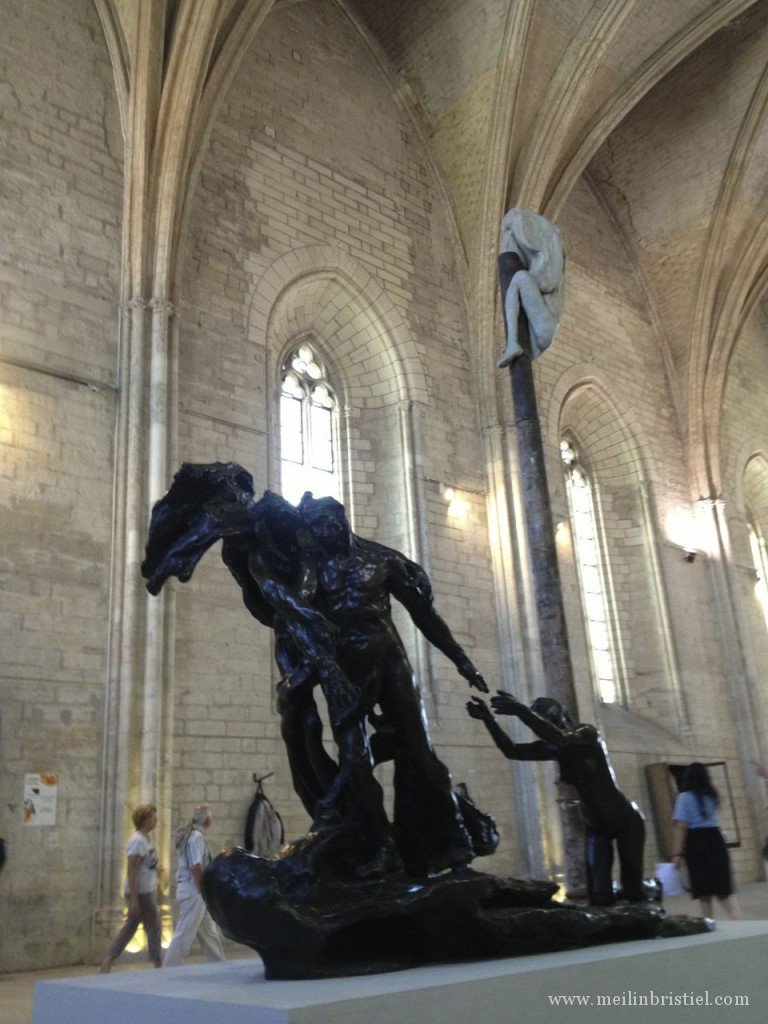
Berlinde de Bruyckere:
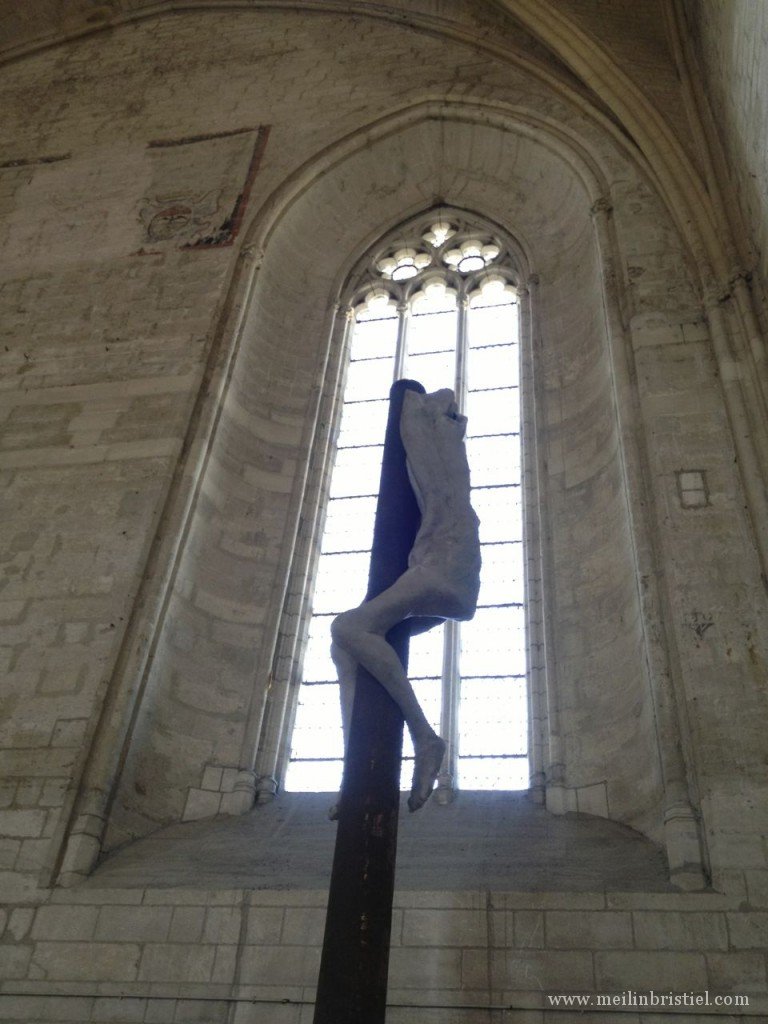
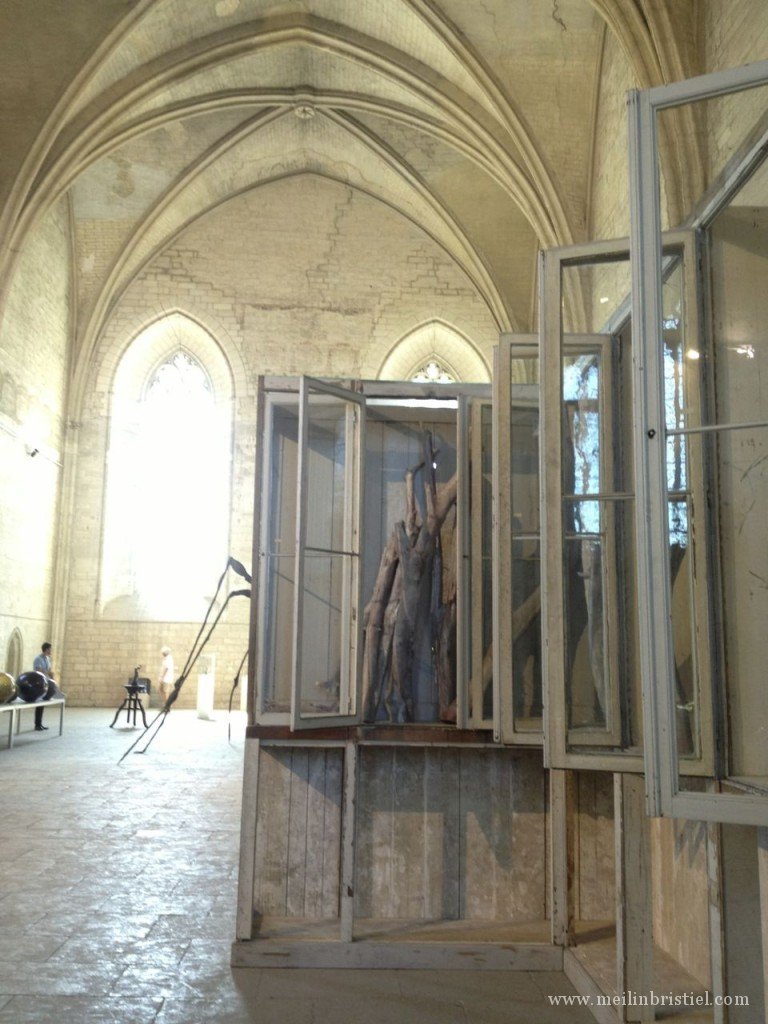
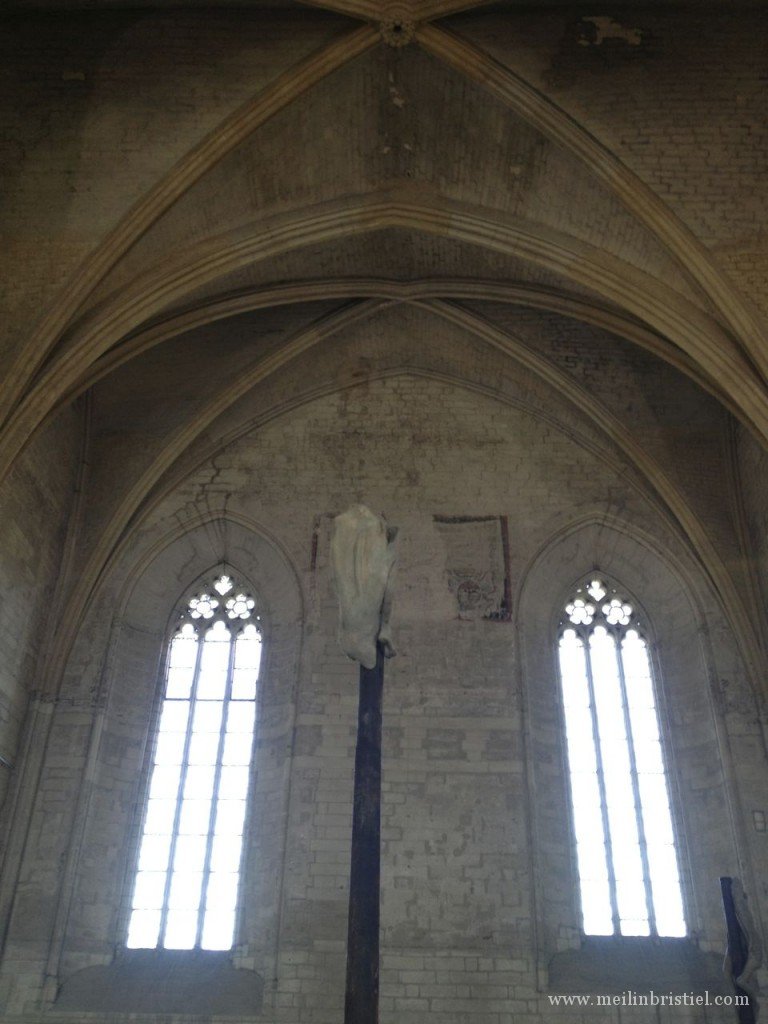
Louise Bourgeois: La femme aux couteaux
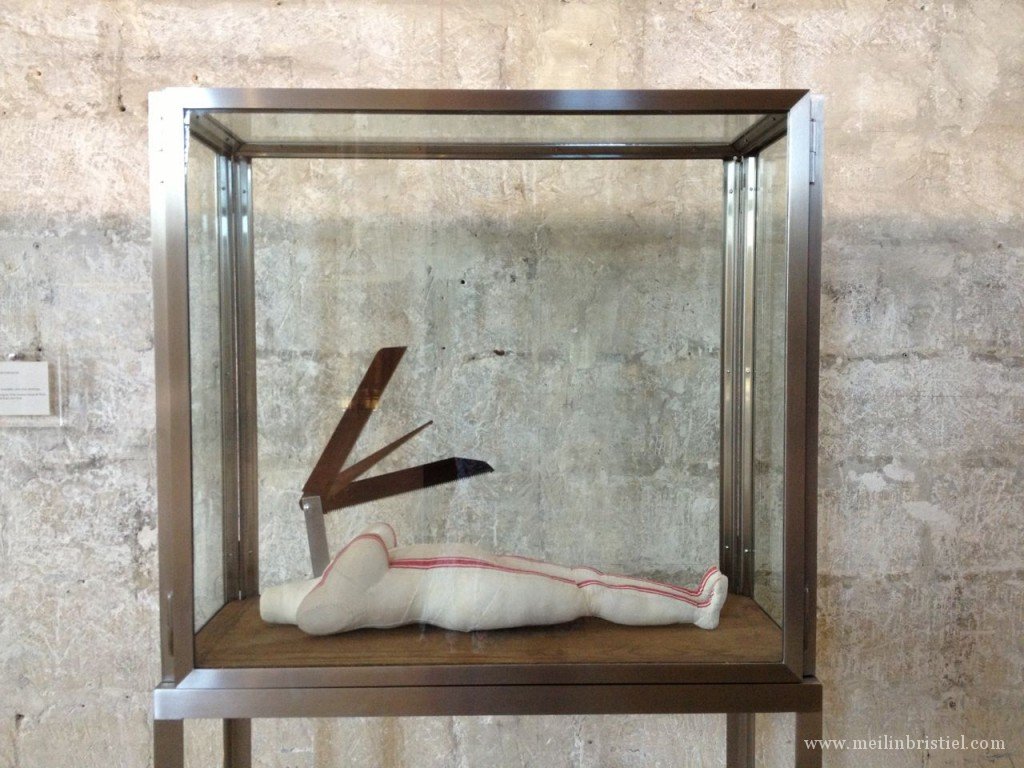
In a room never opened to the public before: Jane Sterback’s Bread bed
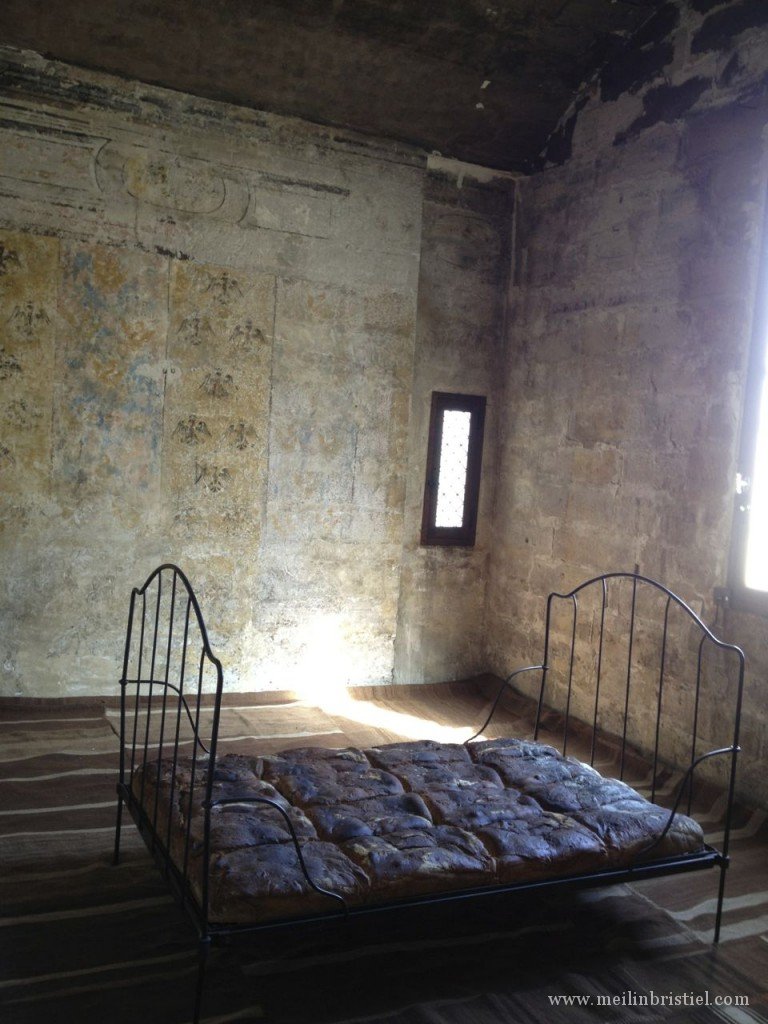
The second part of the exhibition takes place at Collection Lambert, Avignon’s Contemporary Art museum.
Entering the lobby, one is faced with a giant picture of the front porch of Montdevergues’ « asile d’alienes », the psychiatric hospital in Montfavet, near Avignon, where Camille Claudel was interned (or rather buried alive) for the last 29 years of her life. She was transferred there in 1914 just after the beginning of WWI, and almost totally abandoned by her family, including the cherished brother and writer Paul Claudel who only paid her 9 brief visits during those 29 years and never accessed her supplications to take her out and let her live a human life.
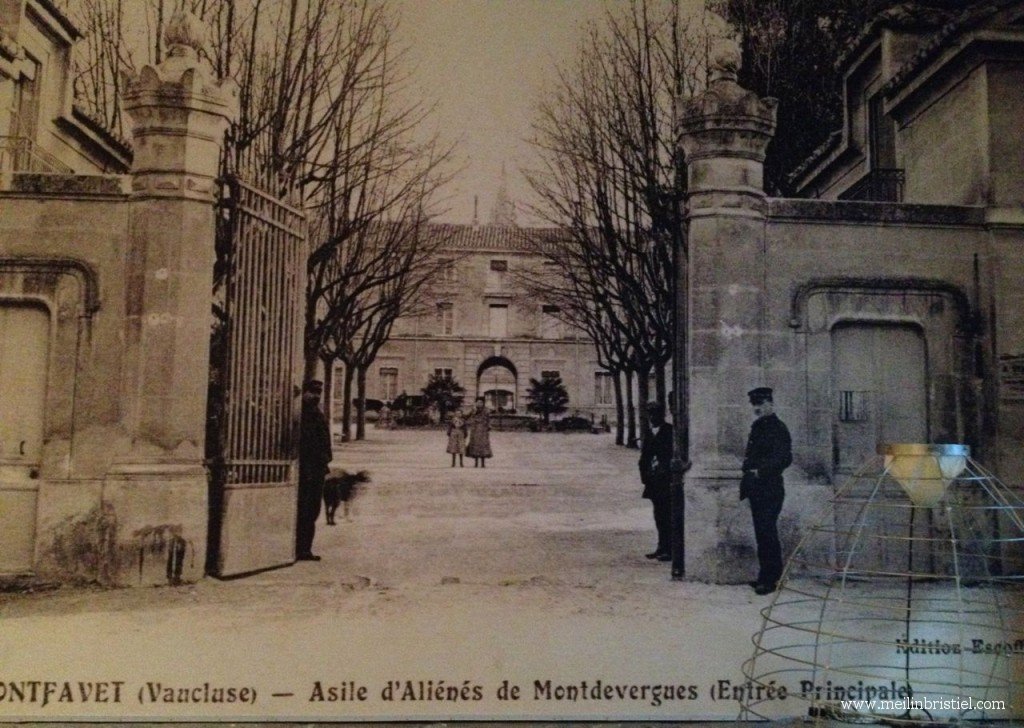
The ghost of a tortured Camille is palpable throughout this exhibition starting above the central staircase with the same installation as in the palais des Papes, the old nightgowns, some with arms crossed and tied in the back, reminding the « camisole de force », outfit used to restrain « mad » people. We are now taken to the second « Chapter » of her life, represented in Bruno Dumont’s « Camille Claudel, 1915 » by Juliette Binoche, another genius. The movie this times lets us see 3 days in the life of the artist, 3 days in Montdevergues psychiatric hospital where she spent the last 29 years of her existence….
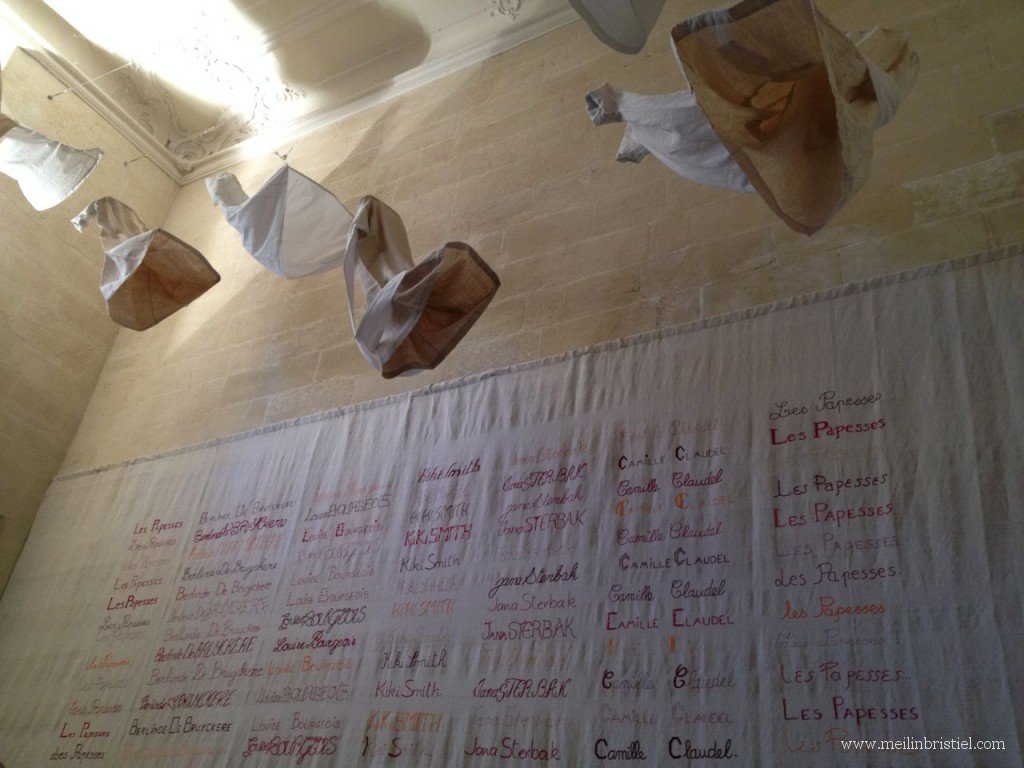
Cesar: Camille Claudel, 1884
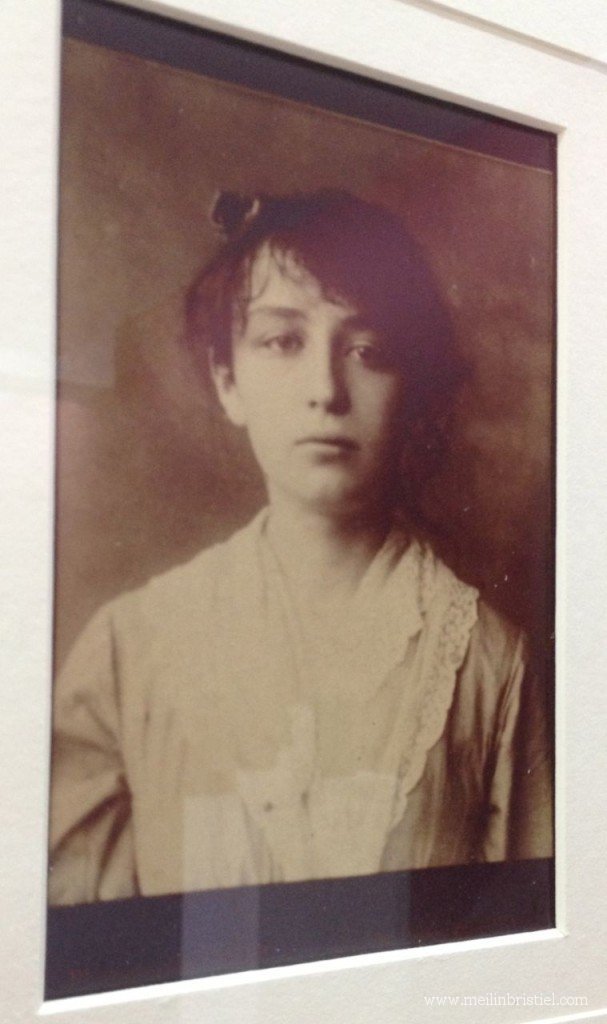
Camille Claudel:Aurore
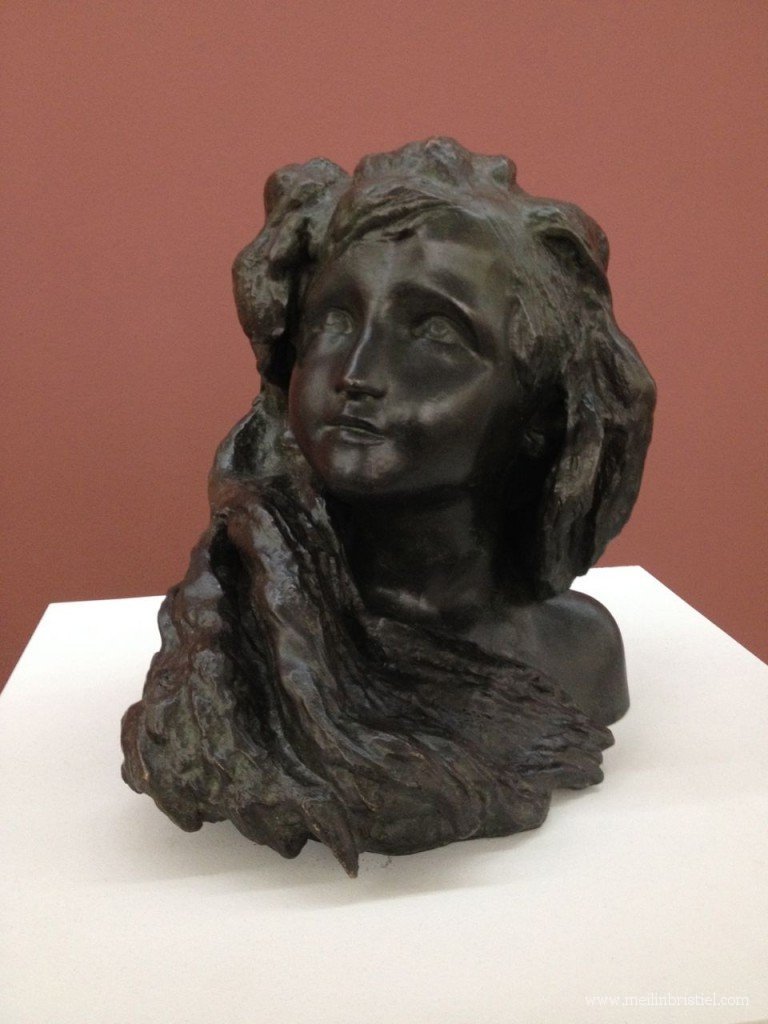
Camille Claudel: Buste de Rodin
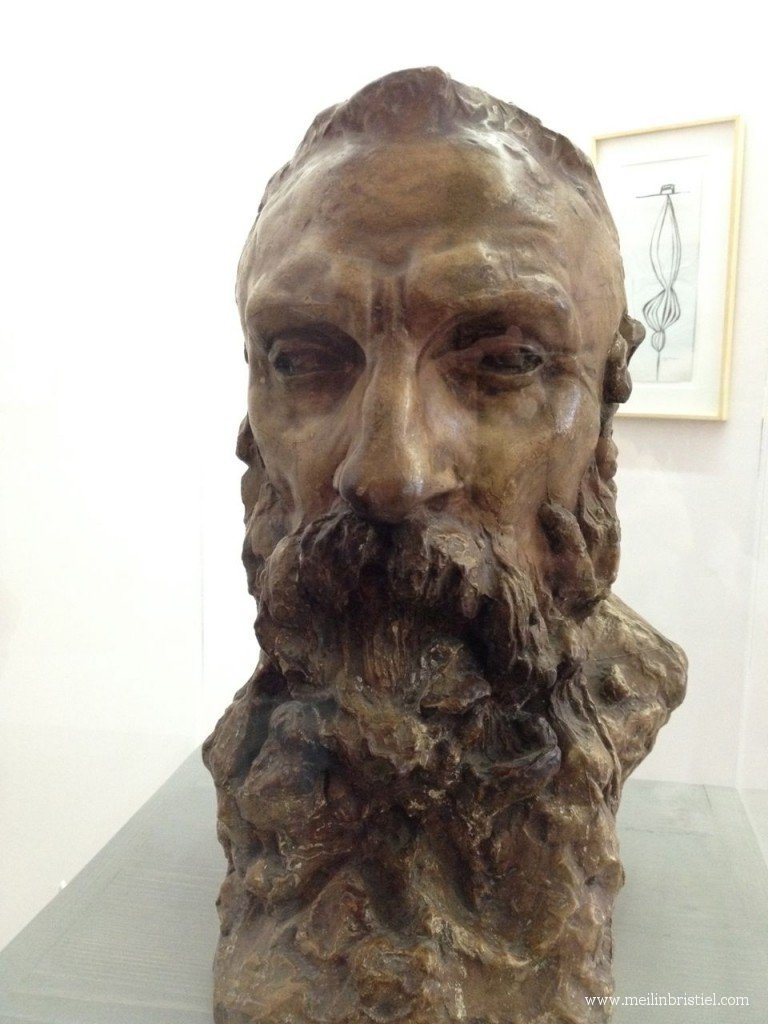
Auguste Rodin: masque de Camille Claudel
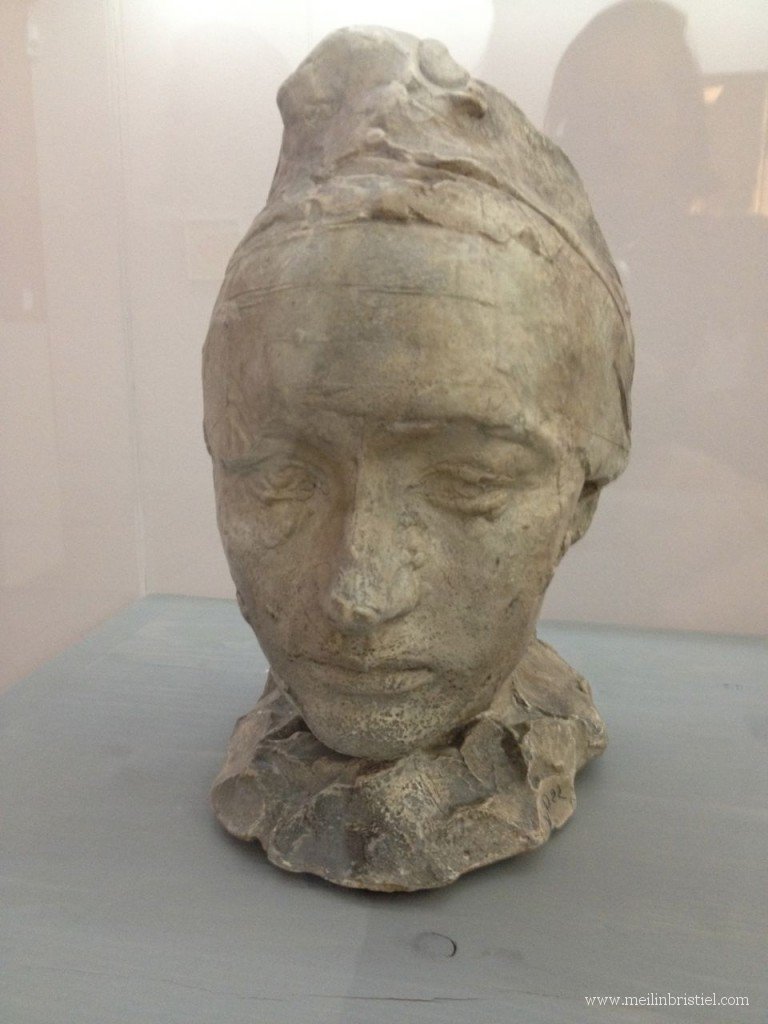
Camille Claudel: buste de Paul Claudel a huit ans
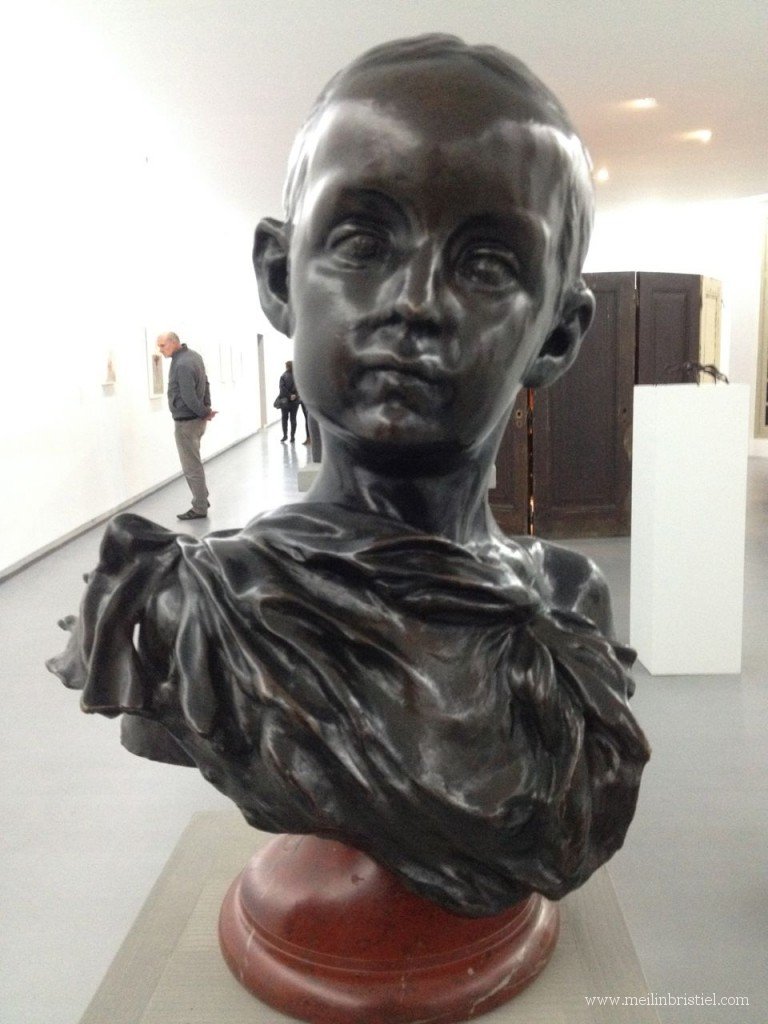
Camille Claudel: buste de Paul Claudel en jeune Romain.
Camille saw her young brother as a hero…can’t help wondering how he could let her down that badly…
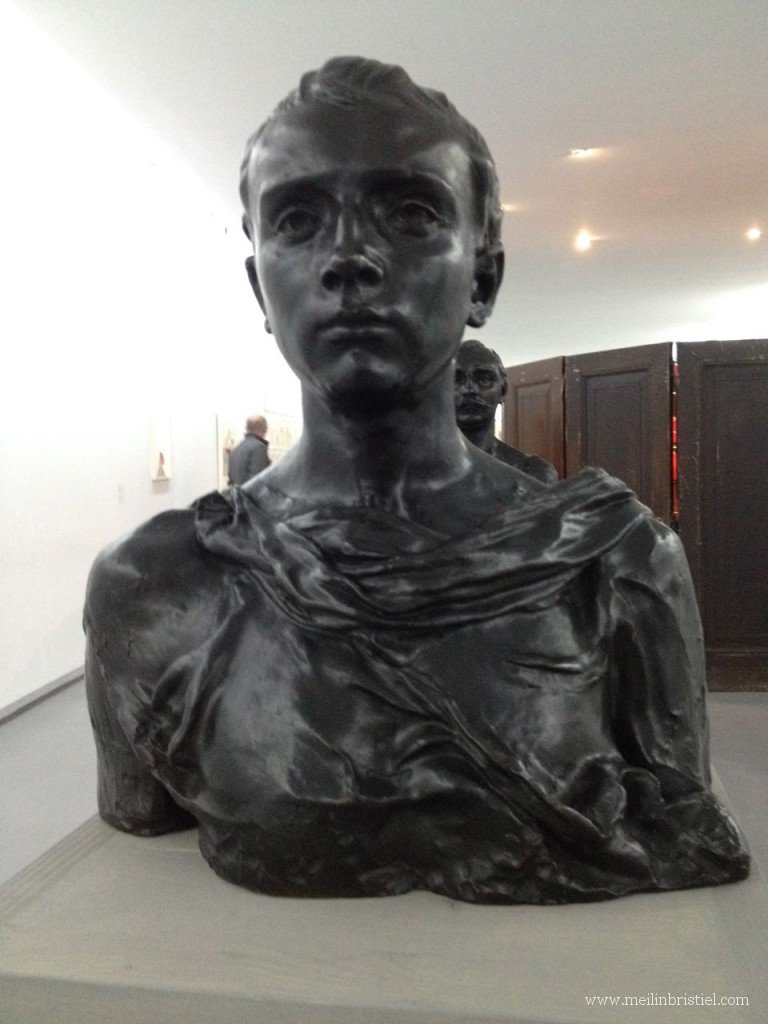
Camille Claudel: Paul a 37 ans
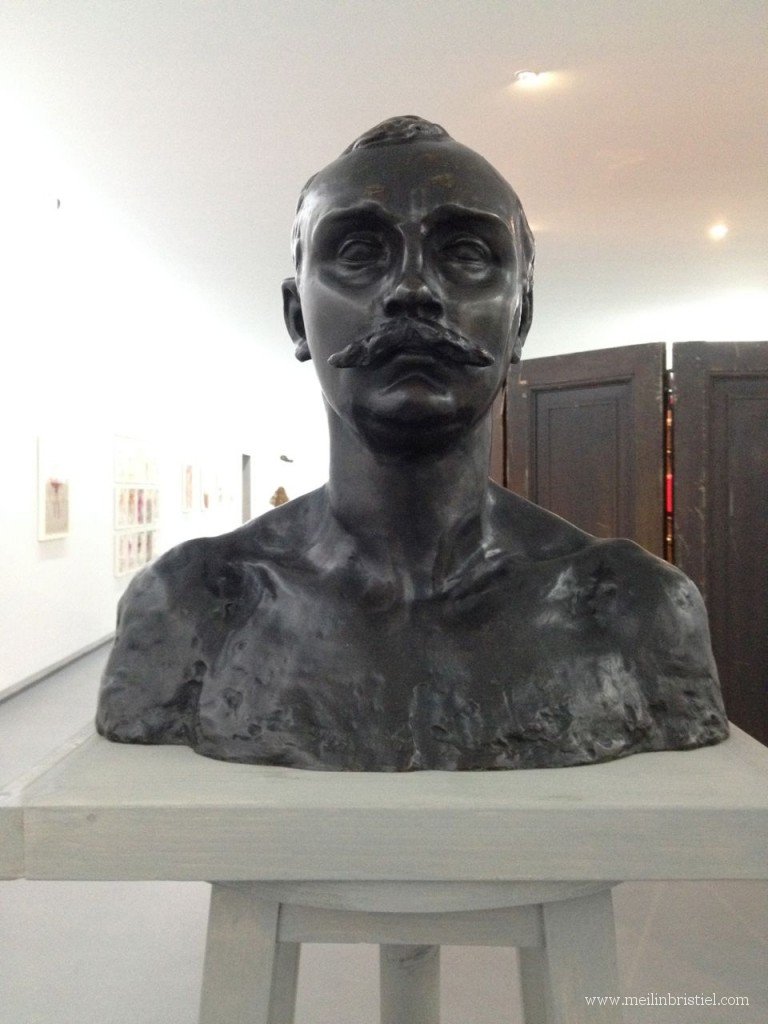
Louise Bourgeois: The Fragile
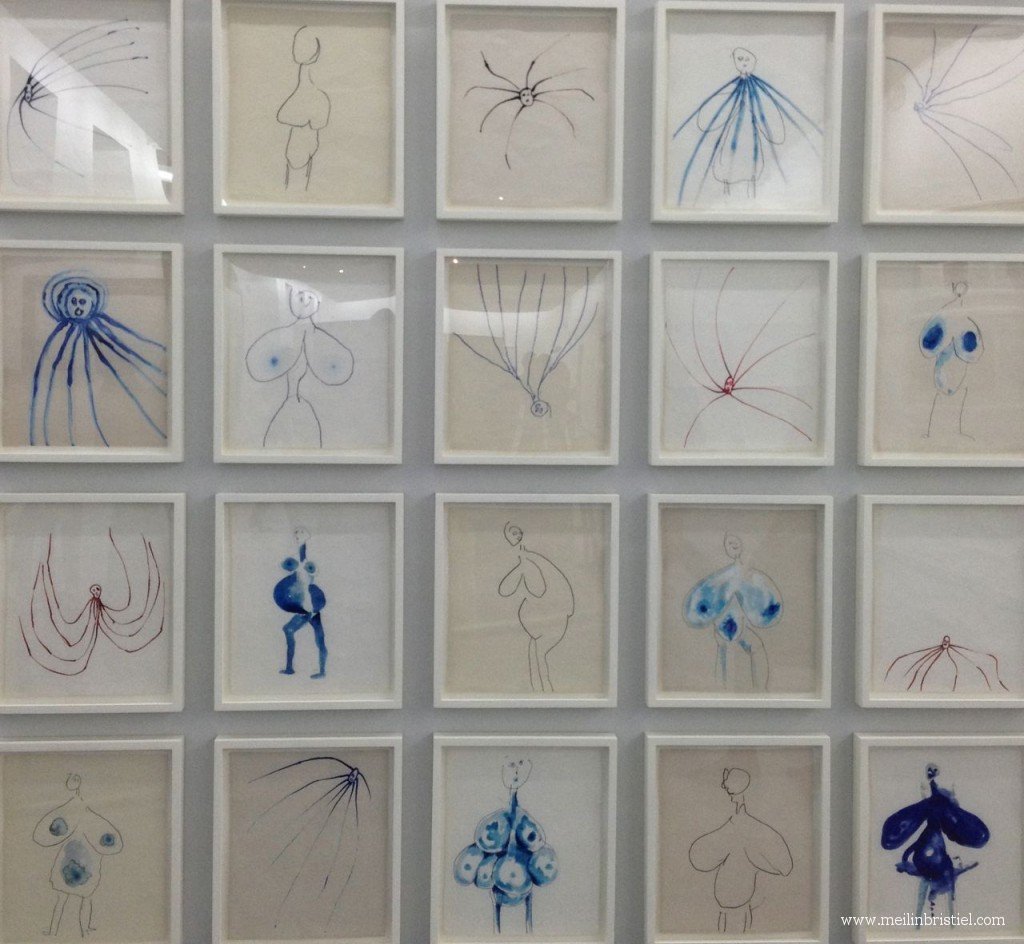
Louise Bourgeois: The Red Romm (child)
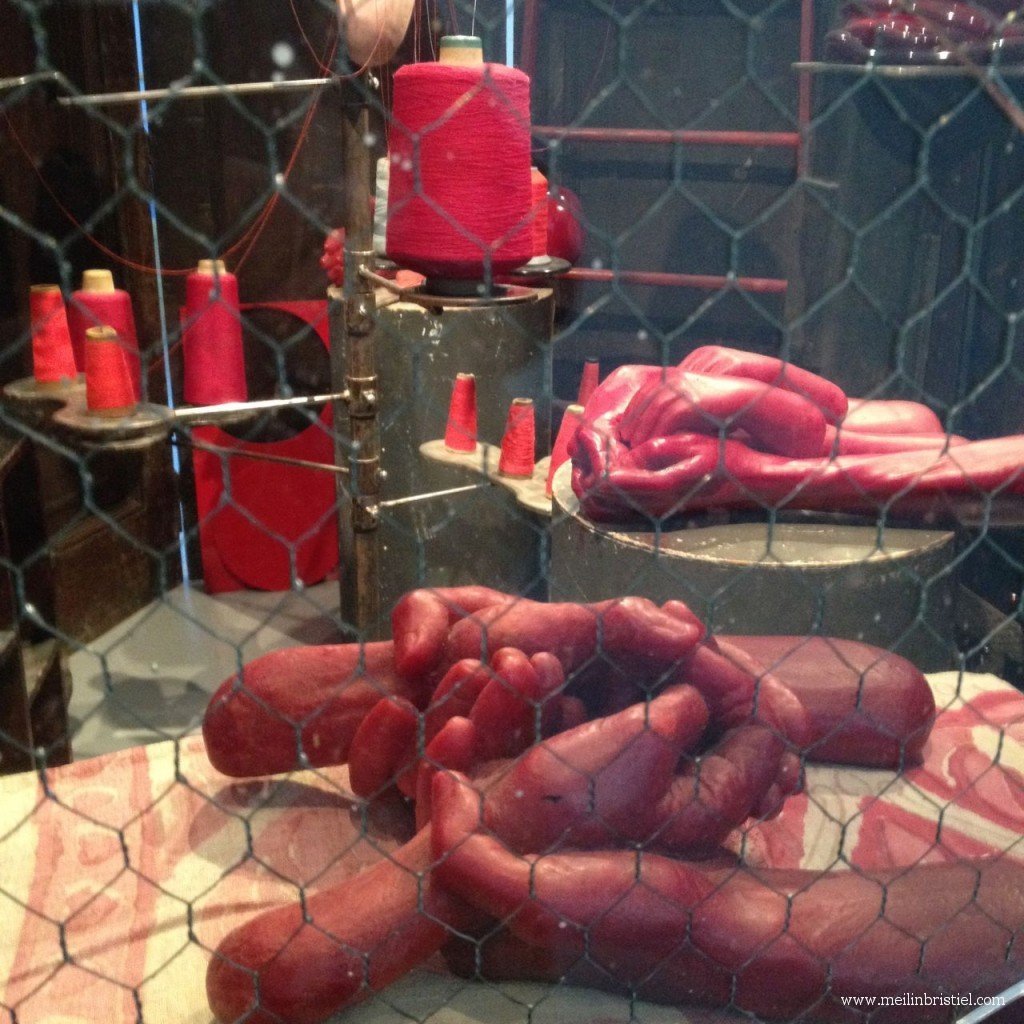
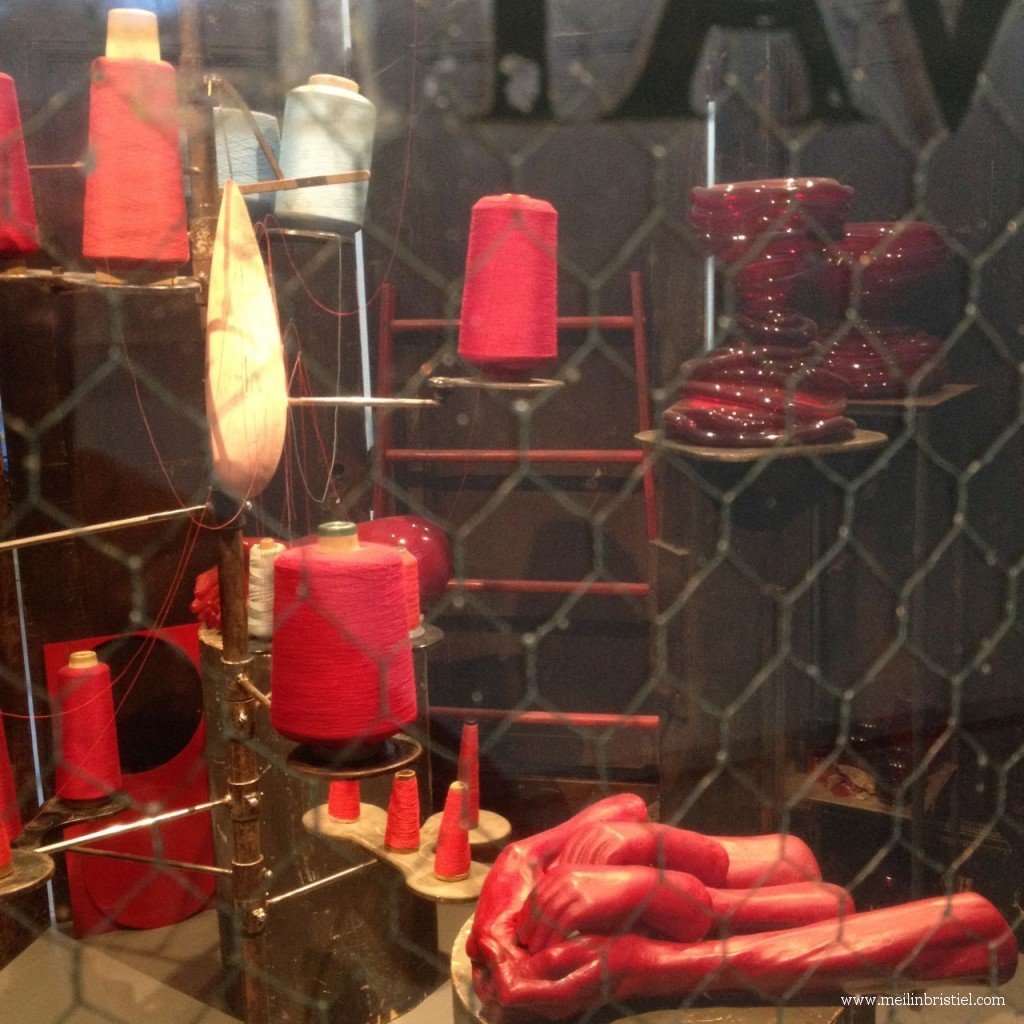
Louise Bourgeois: the couple
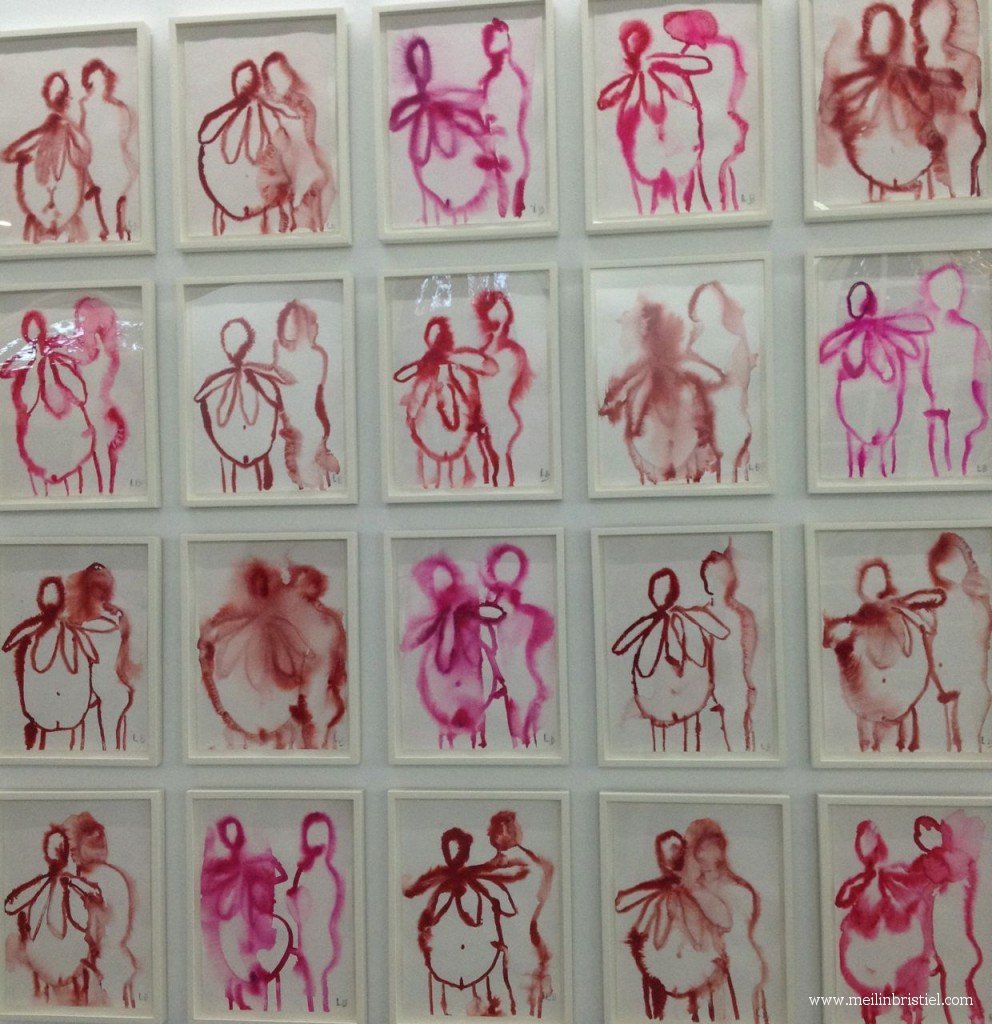
Louise Bourgeois: A Man and a Woman
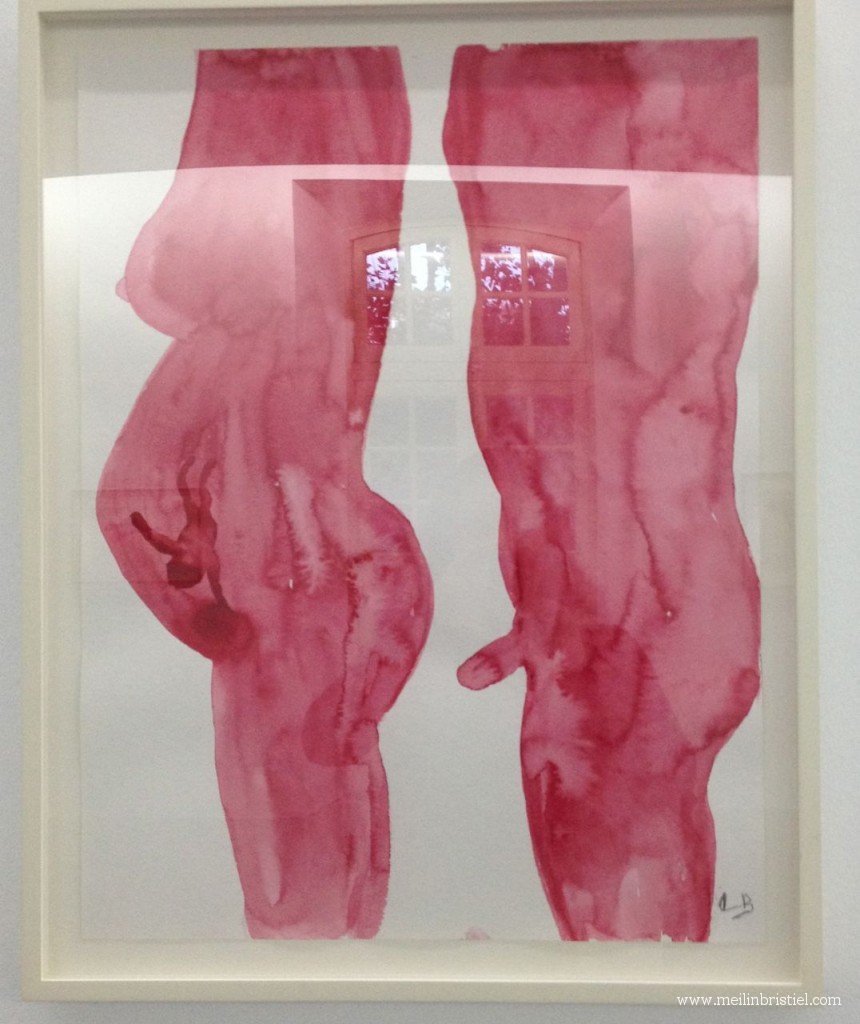
Louise Bourgeois: Pregnant woman
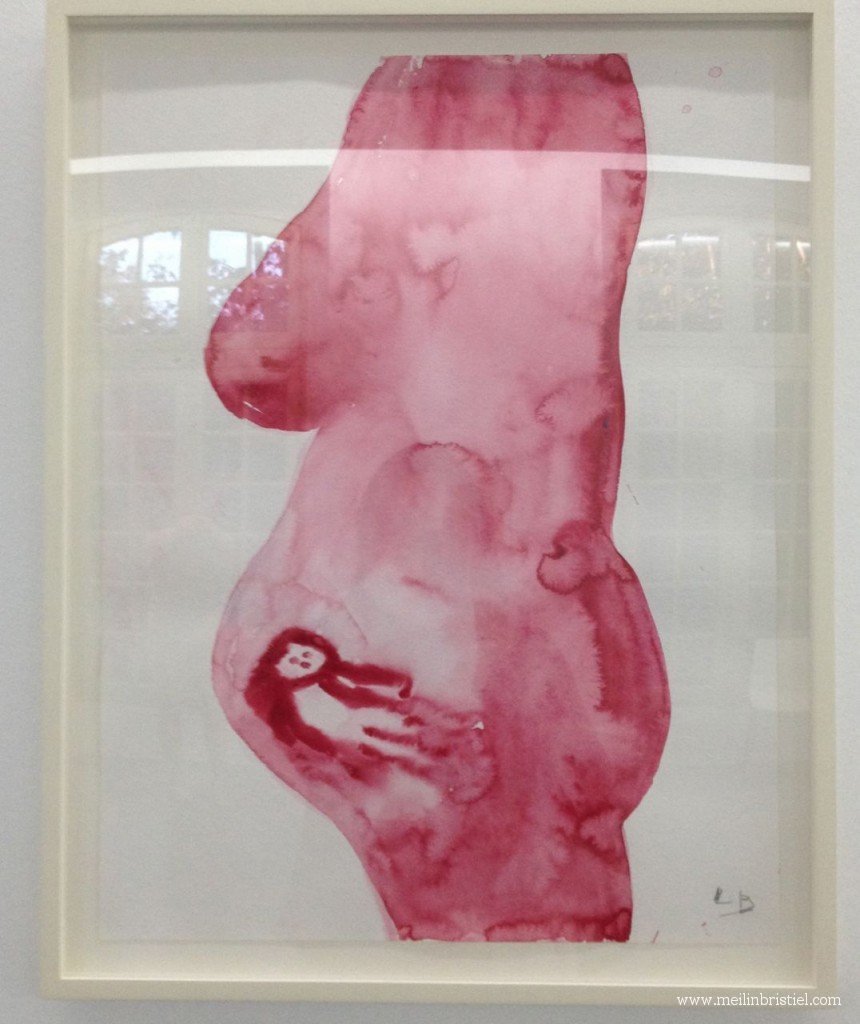
Louise Bourgeois: the Birth
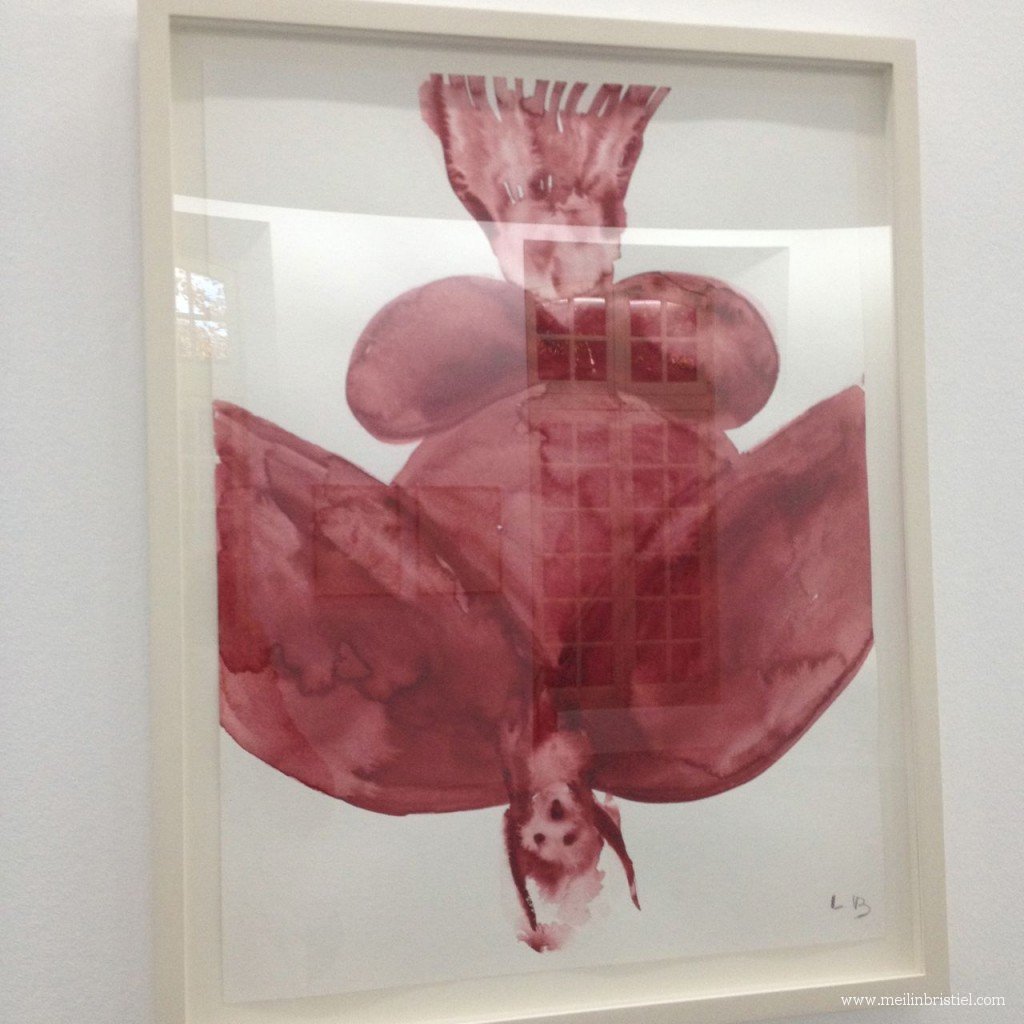
Louise Bourgeois: the Awakening
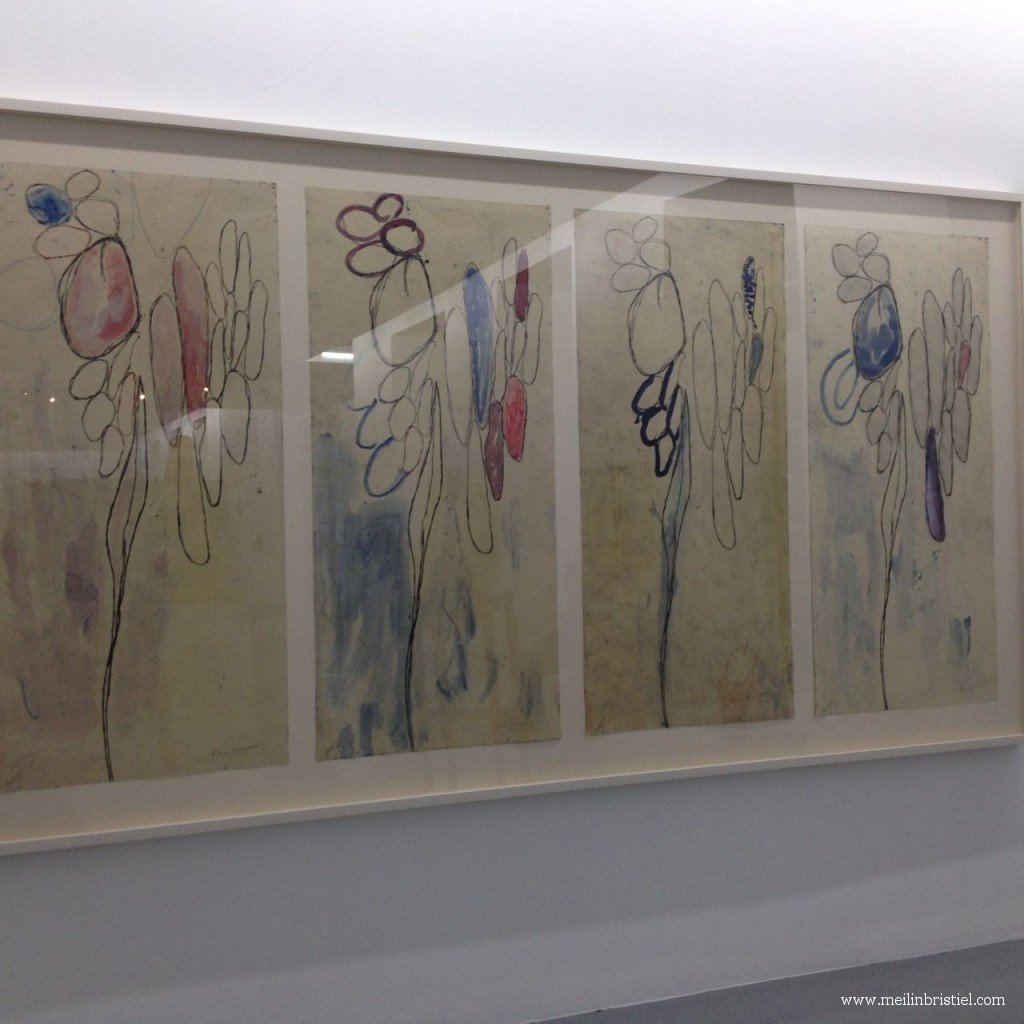
Louise Bourgeois: Spider
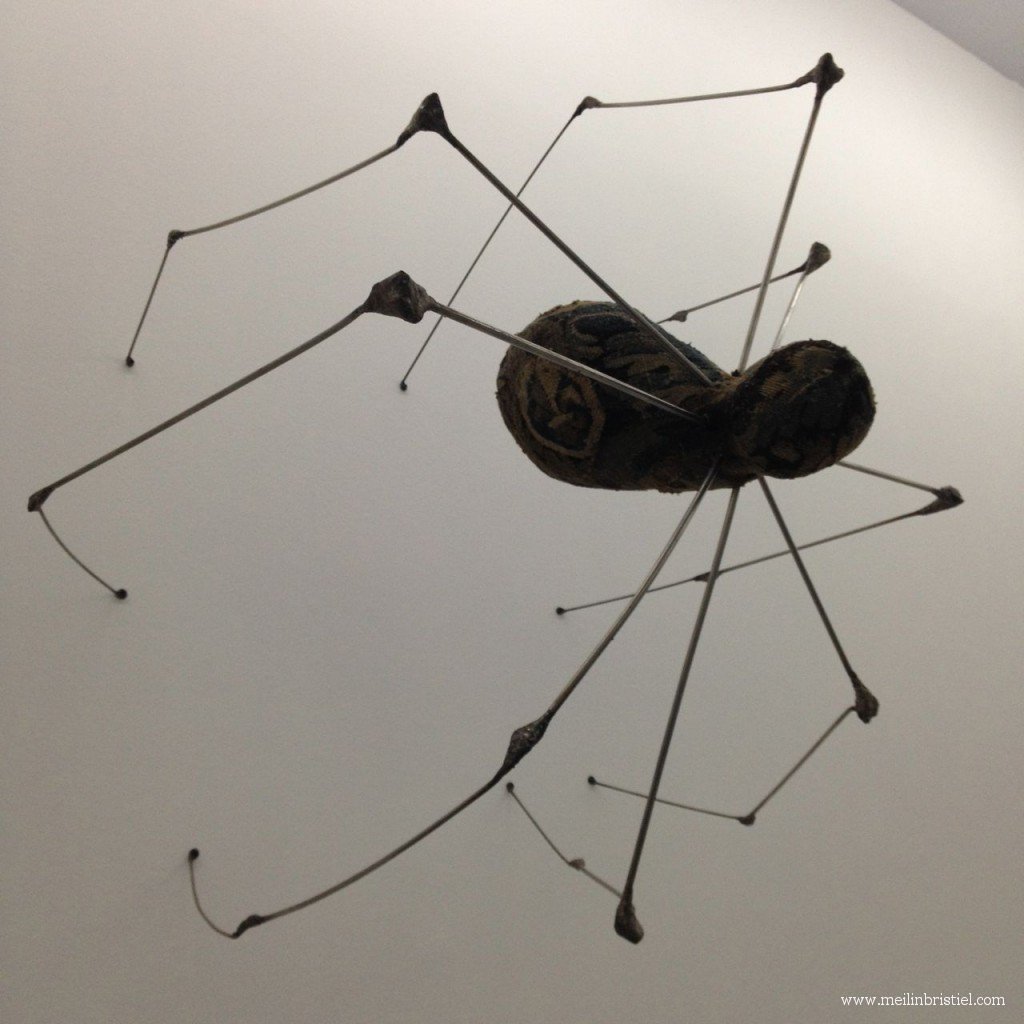
Berlinde De Bruyckere: Infinition
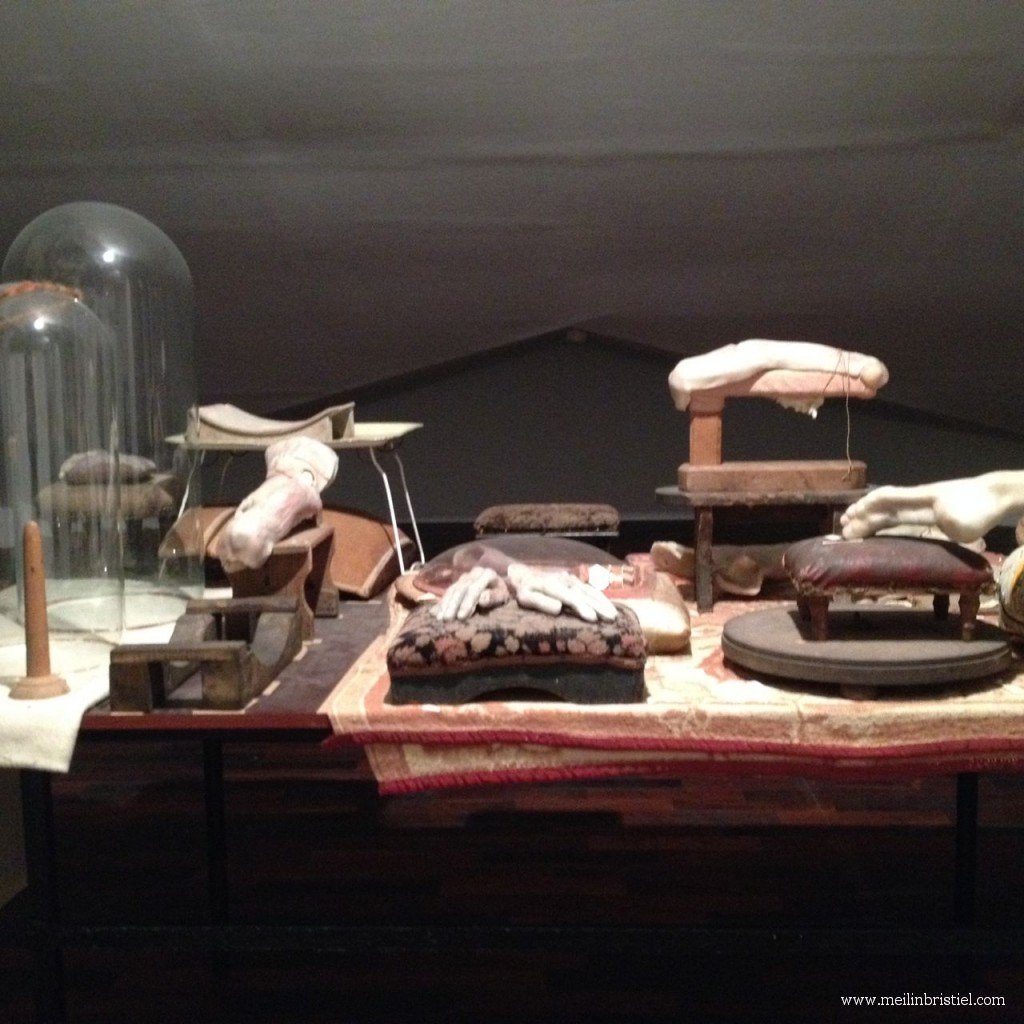
Berlinde De Bruyckere: Caroline
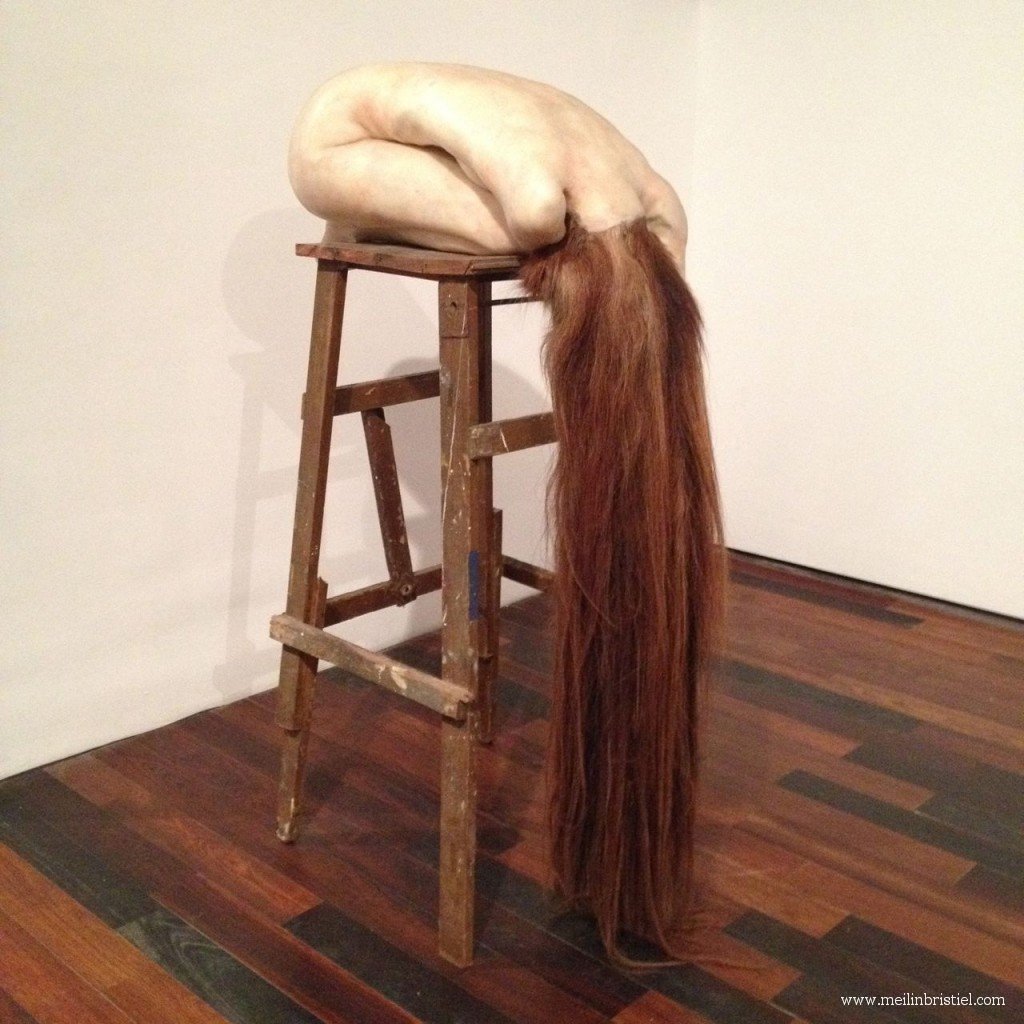
Camille Claudel: Femme accroupie
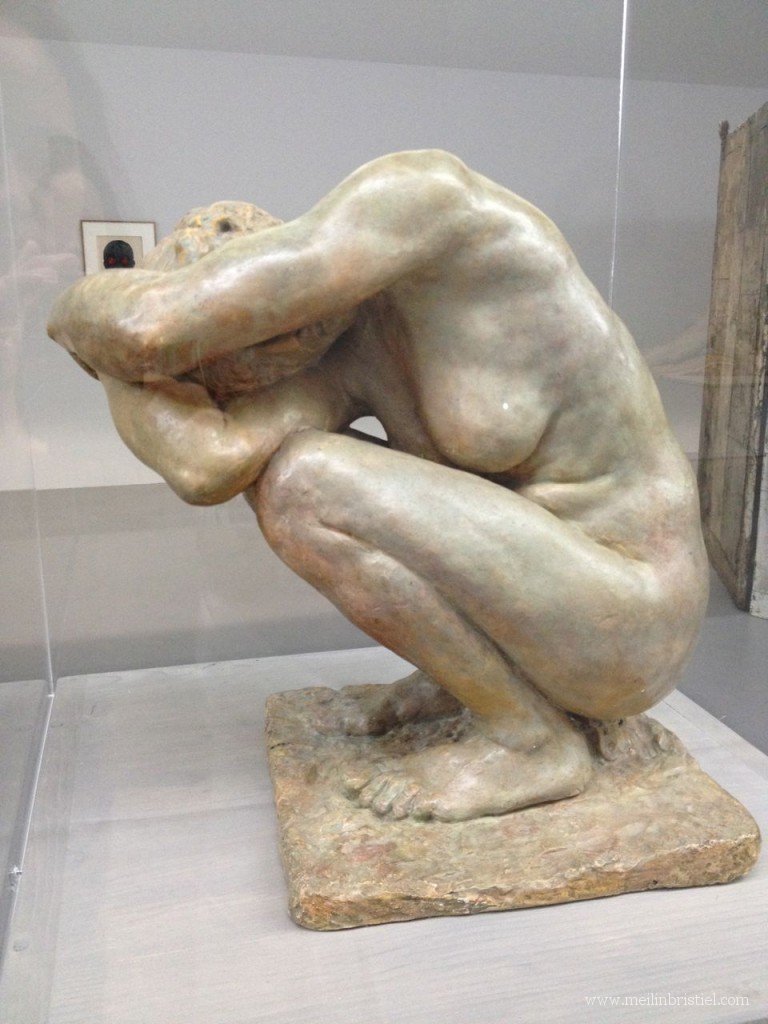
Correspondance de Camille Claudel: 1913-1943
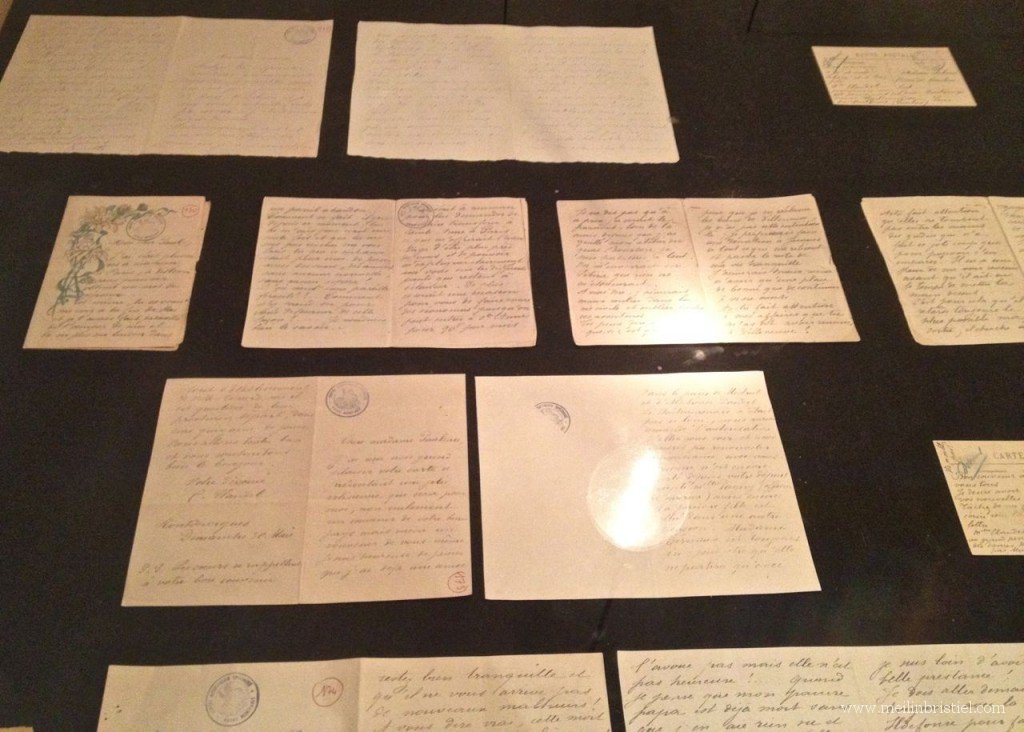
None of the letters that she wrote to her various friends ever got sent. She was basically made disappear by her family, as her genius and strong independent spirit would not bend to the conservative bourgeois conventions prevailing at that time, were being a sculptor who worked with naked models was totally taboo, as was a being single woman living by herself. Although she may have had some form of persecution complex, her letters, handwritten harmonious regular caracters, show a person in control of herself, it is very difficult to believe that she needed to be locked up to cure it . All the letters show some kind of hope for a liberation, which never came: she died from hunger, as many of the inmates of hospital at that time, in the middle of WWII. Her brother did not came at her funeral and let her body be buried in the common grave. Paul Claudel is still broadly regarded a great writer and poet.
Les causeuses, Camille Claudel
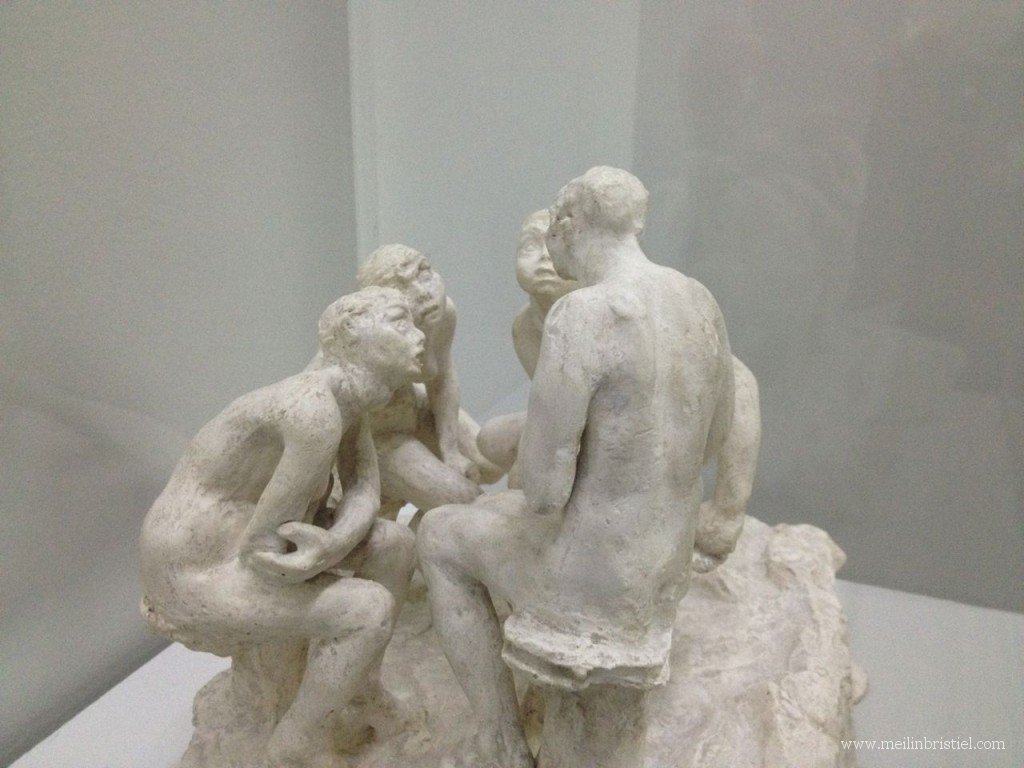
Jana Sterbak: Dissolution
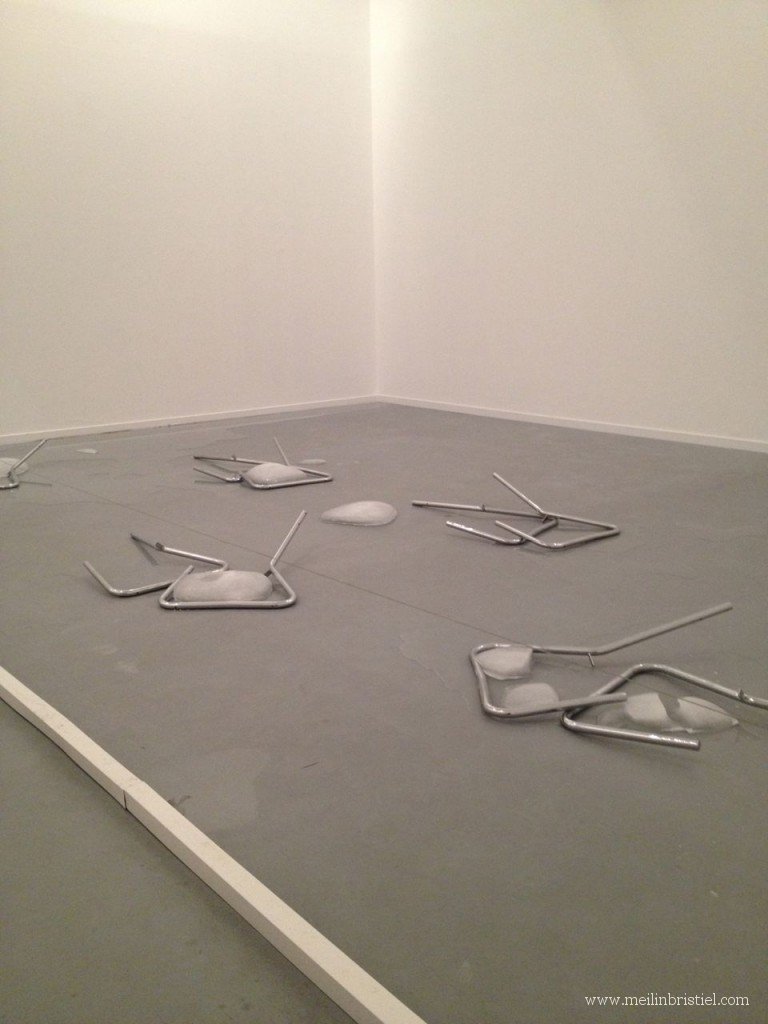
Louise Bourgeois: Cell (Arch of Hysteria)
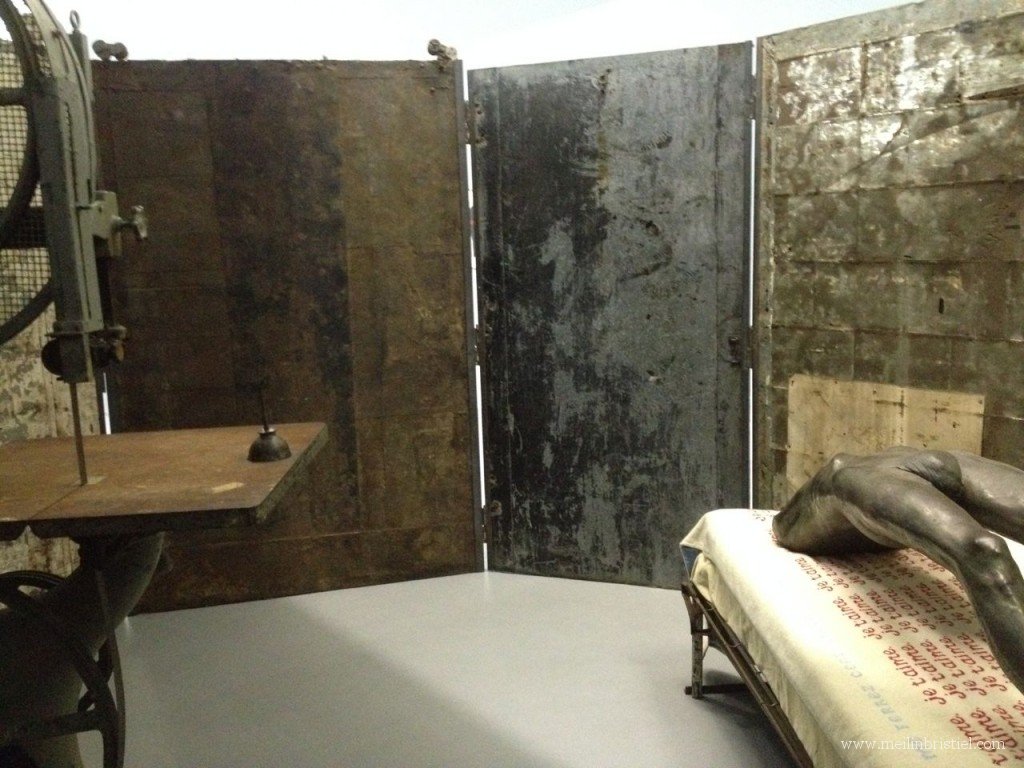
Kiki Smith: Annunciation and Blue moon III
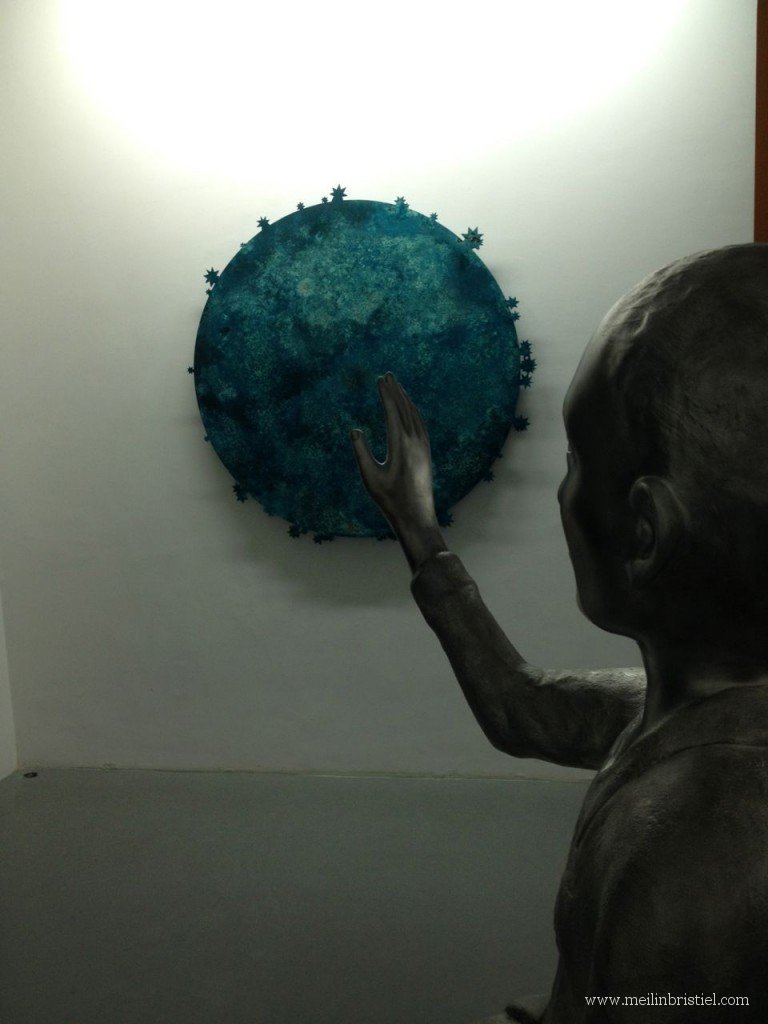
Kiki Smith: Back Porch Whispering
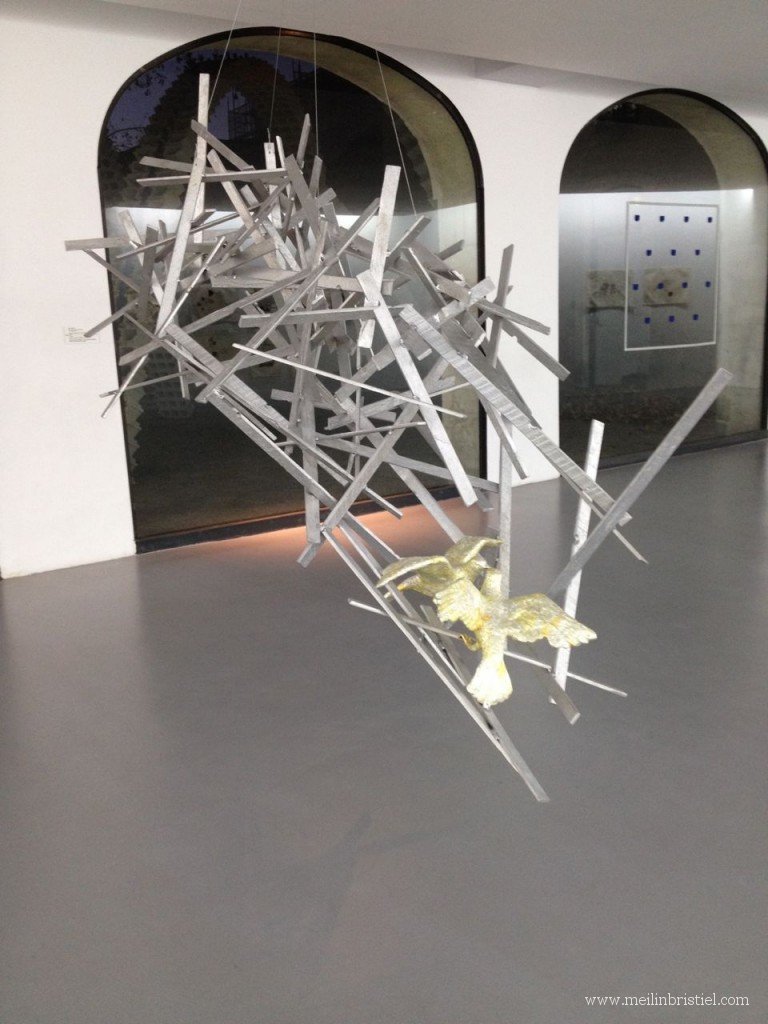
Kiki Smith: Mother
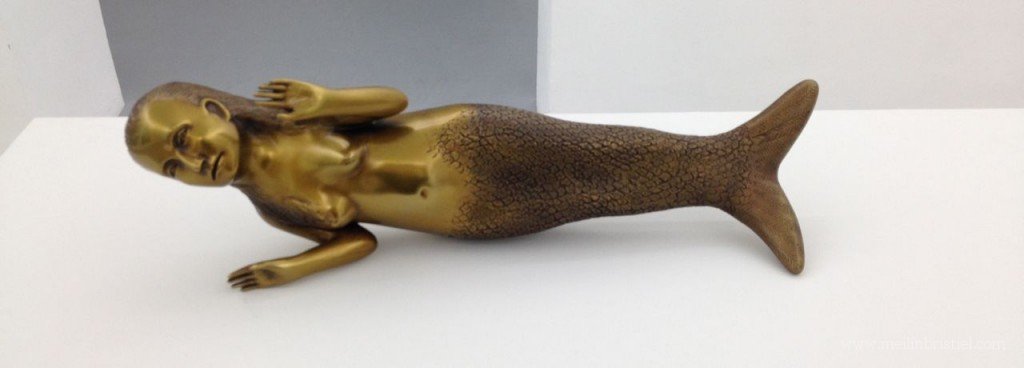
Kiki Smith:Teaching of the snakes with woman
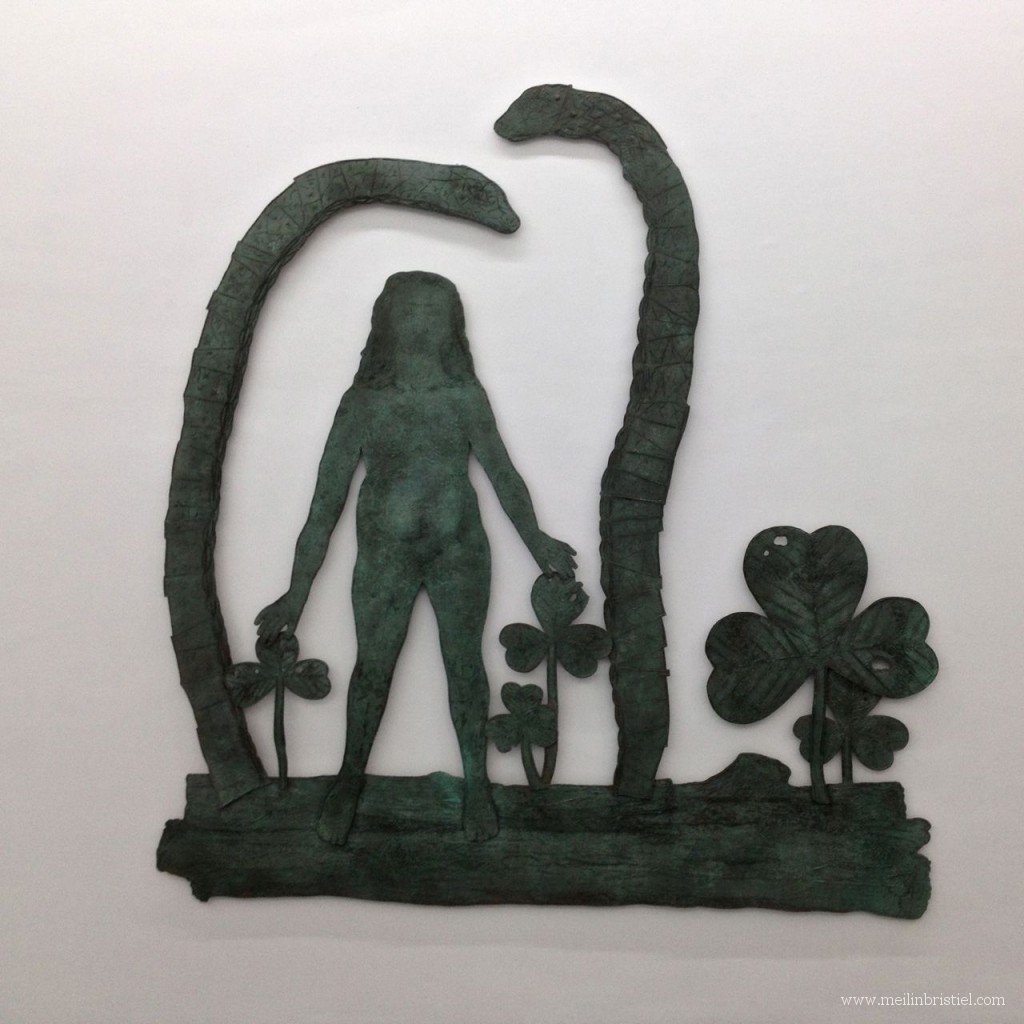
Kiki Smith: Harmonies and Wolf with Birds
